It would not be wrong to say that my main reason to plan a Mizoram trip was to visit the Rih Dil Lake! The heart-shaped lake lies in the Chin state of Myanmar but is extremely important to the Mizos. Because they say that Rih Dil is the most important lake in Mizoram, only it situated in Myanmar. I was obviously drawn towards Rih Dil and so our plan to visit Champhai in Mizoram materialized. Obviously, once we reached Mizoram, we appreciated its natural beauty to the fullest. Champhai itself is a beautiful area with green paddy fields all around. The place is also known for its winery. Once we were in Mizoram, we gradually found out more and more about the state and its attractions.
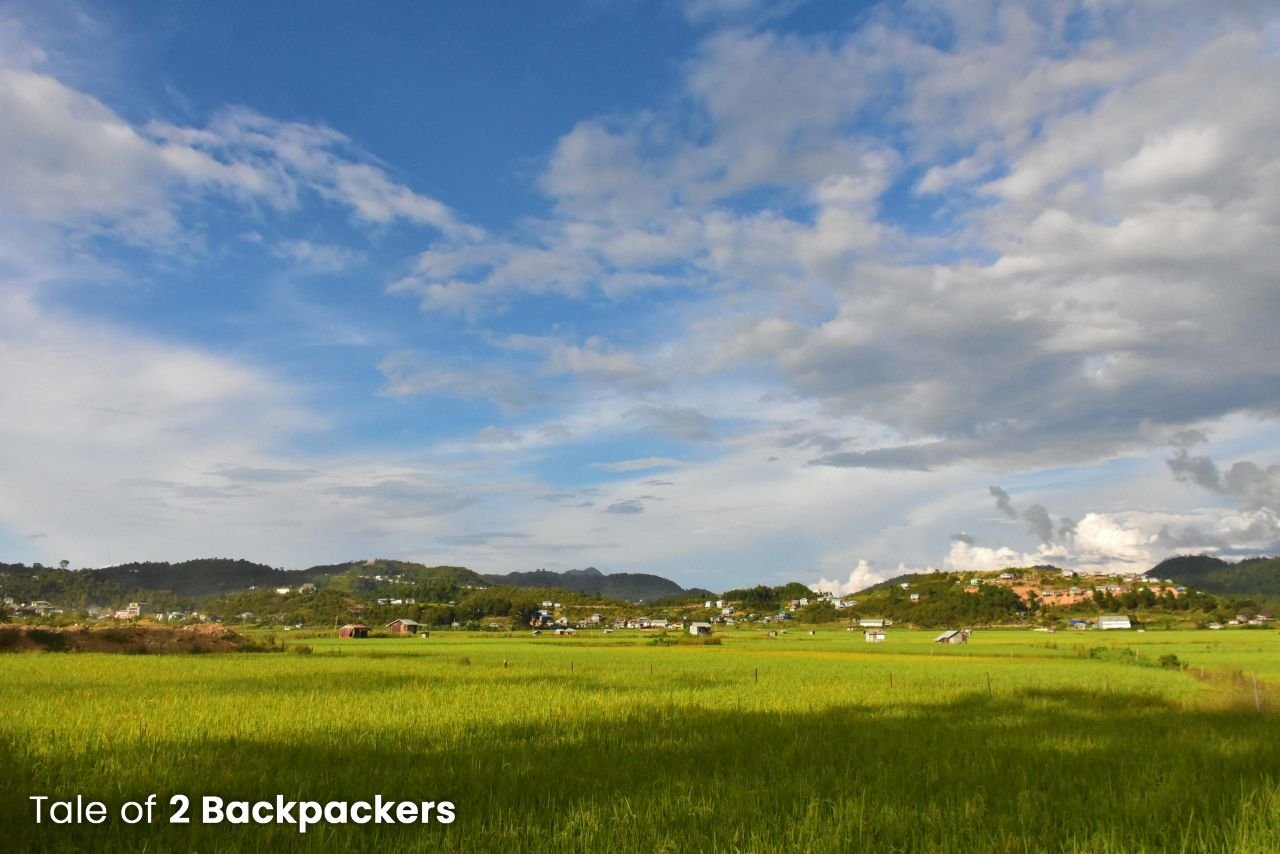
Road to Champhai and Rih Dil, the heart-shaped lake
We arrived at Aizawl from Silchar in Assam. It was a long ride on a bumpy road, but at the end of the day when we saw specks of light in Aizawl, we had to smile and admire this quaint city of Mizoram. We started for Champhai in the morning in a shared vehicle at around 7 AM in the morning. En route, we stopped at some small and beautiful towns of Khawzawl and Seling. It was another long ride to Champhai, but our driver gave us sufficient intervals to stretch our legs as well as toilet breaks.
The road to Champhai goes through a number of Mizo villages, terraced fields and small markets. It is on these roads we came across the shops without any shopkeepers! It is a common sight to see these ships along the highway near Seling on the way to Champhai.
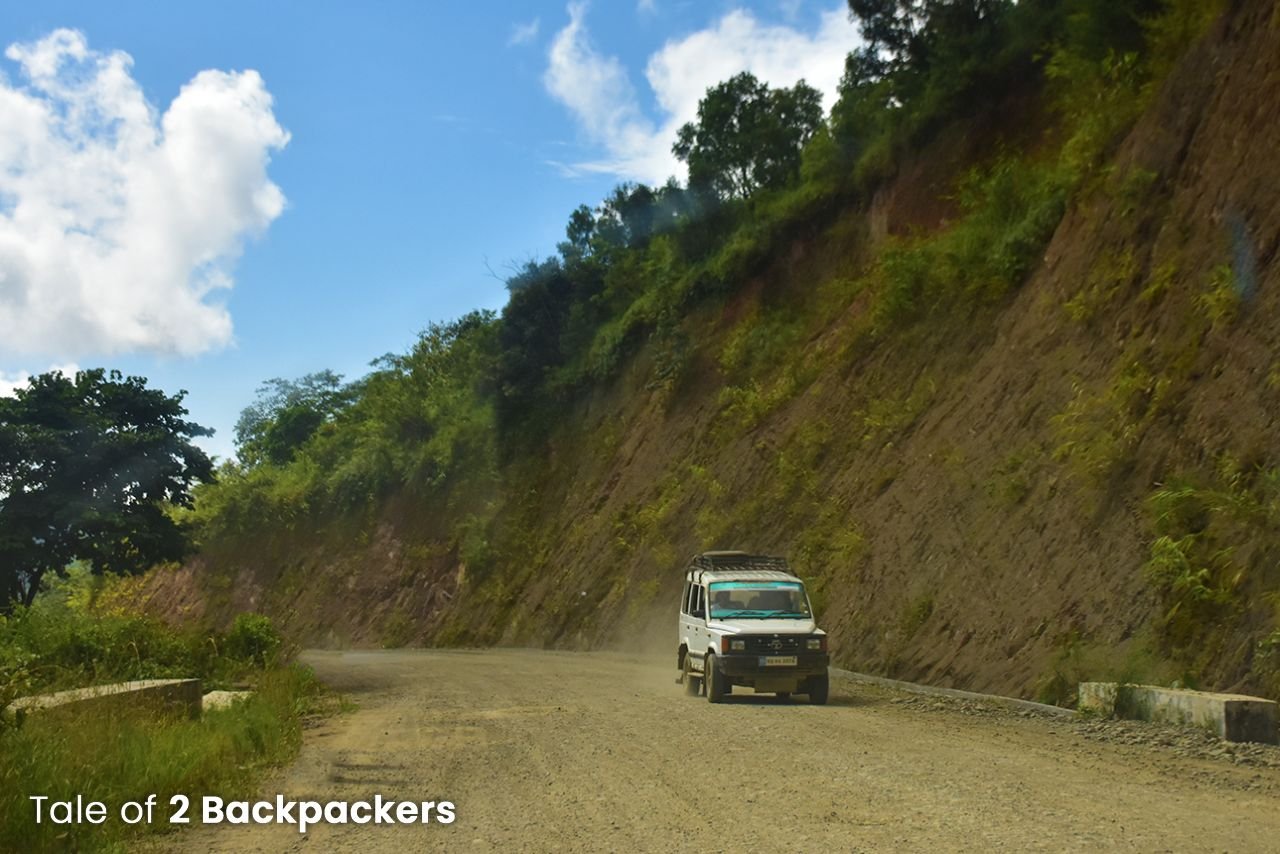
Shops with no shopkeepers
Can you imagine a shop that has no shopkeepers? You simply go to the shop, choose what you want to buy, take them and pay the amount displayed there. This sounds quite improbable in today’s world, but Mizoram exactly has such shops.
These shops are mostly seen on the Highway that runs near Seling, about 65 km from Aizawl. But such shops are not rare in other parts as well. We saw one at Ruitlang village near Champhai also.
At these shops, vegetables, fruits, flowers and other items are kept stacked properly with a rate list and a container where you can put in the money. The customers come, have a look at the items, make their choice and grab what they want not forgetting to put the amount they owe in the container.
If the customers do not have change they can take the change from the container where they had put the money. The container is known as pawisa bawm or pawisa dahna.
Mutual trust and honesty is the base of such commercial endeavours. The Mizos have a name for these shops – the nghah lou dawr or the shops without shopkeepers.
The Mizos run these shops all through the year. Every morning the farmers who are also the shopkeepers arrange their produce containing vegetables, fruits, fruit juices, dried fishes and even small snails in front of their bamboo huts. They then hang small signboards with the names and rate of individual items written on them. A container is put beside the arrangement and the farmers leave to look after their cultivation.
The farmers have trust in the locals while the local people never fails the trust and buy from the nghah lou dawr. Isn’t it wonderful as how these local farmers have put their faith in the hands of the faceless customers?
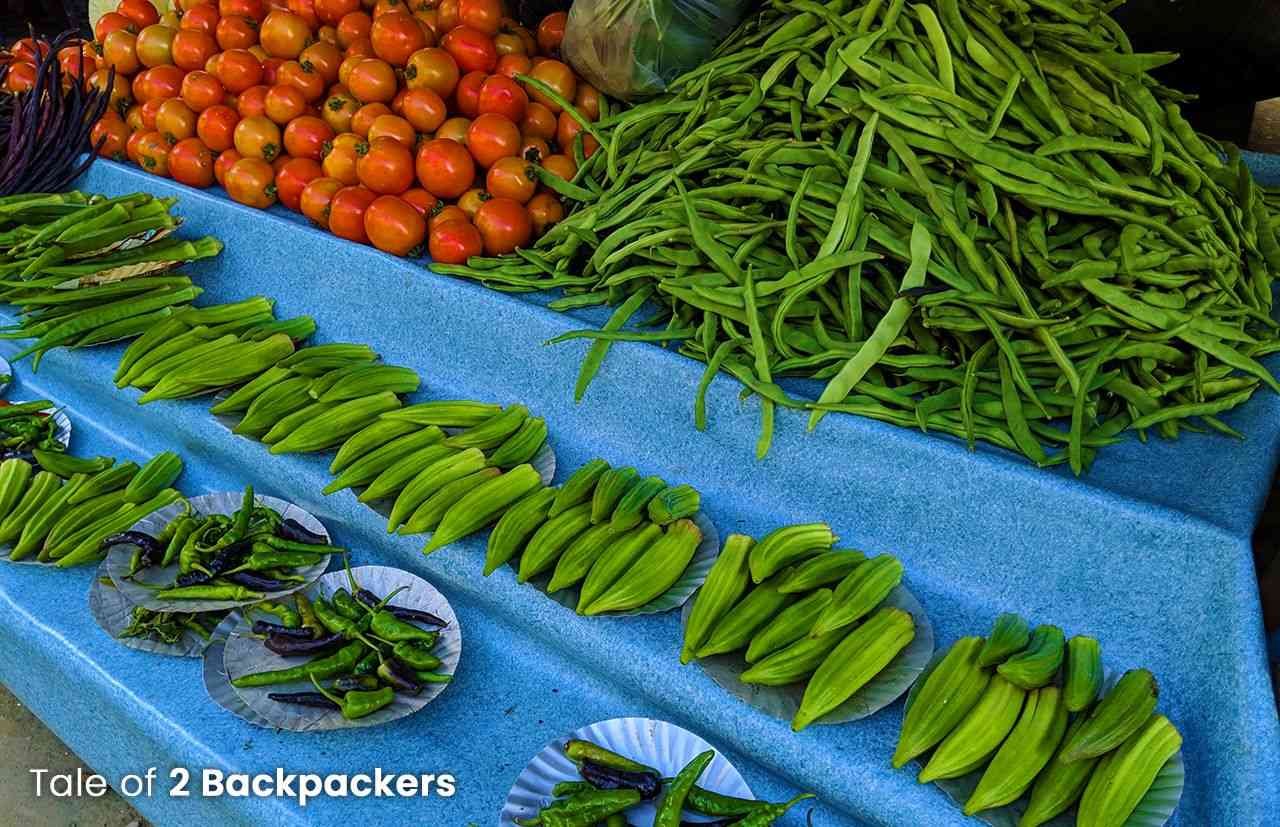
We reached Champhai at around 2 PM. The jeep dropped us right in front of the Champhai Tourist Lodge. The lodge is in a great position. Right in front, we could see the vast expanse of green paddy fields and a road going through right in the middle of the fields. Everything looked picture perfect. We explored around the place a little, visited the small market area of Champhai and later settled down for the night.
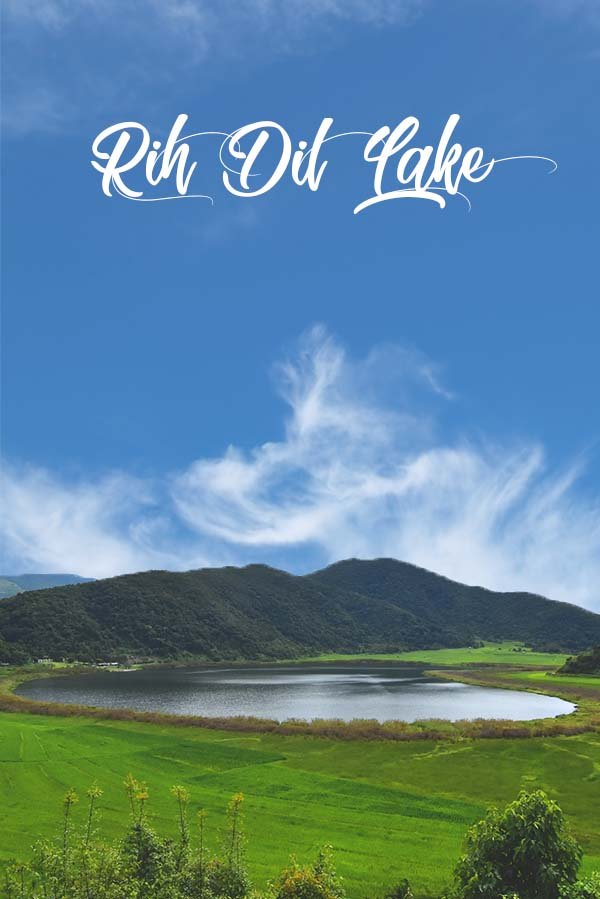
A visit to the Rih Dil, the Heart-Shaped Lake
You cannot perhaps visit Champhai without crossing the border and taking a visit to the Rih Dil Lake. As I have already told, Rih Dil is the most important lakes for the Mizos, the only caveat is that it is located entirely in the Chin state Myanmar, about 4 km from the Indo-Burmese border. Geographical location is just a fact, Rih Dil finds importance in the tradition, culture and the folklore of the Mizo people.
Rih Dil has a unique shape, it is a heart-shaped lake. To all my Hindi speaking friends, let me tell you that “Dil” in the name Rih Dil does not mean heart (Dil means heart in Hindi). Infact, “Rih” is the local word for ‘heart’. “Dil” is the local word for lake, just like Tso in Ladakh (Pangong Tso, Tso Moriri etc). Mizoram has other lakes that are called Tam Dil and Palak Dil.
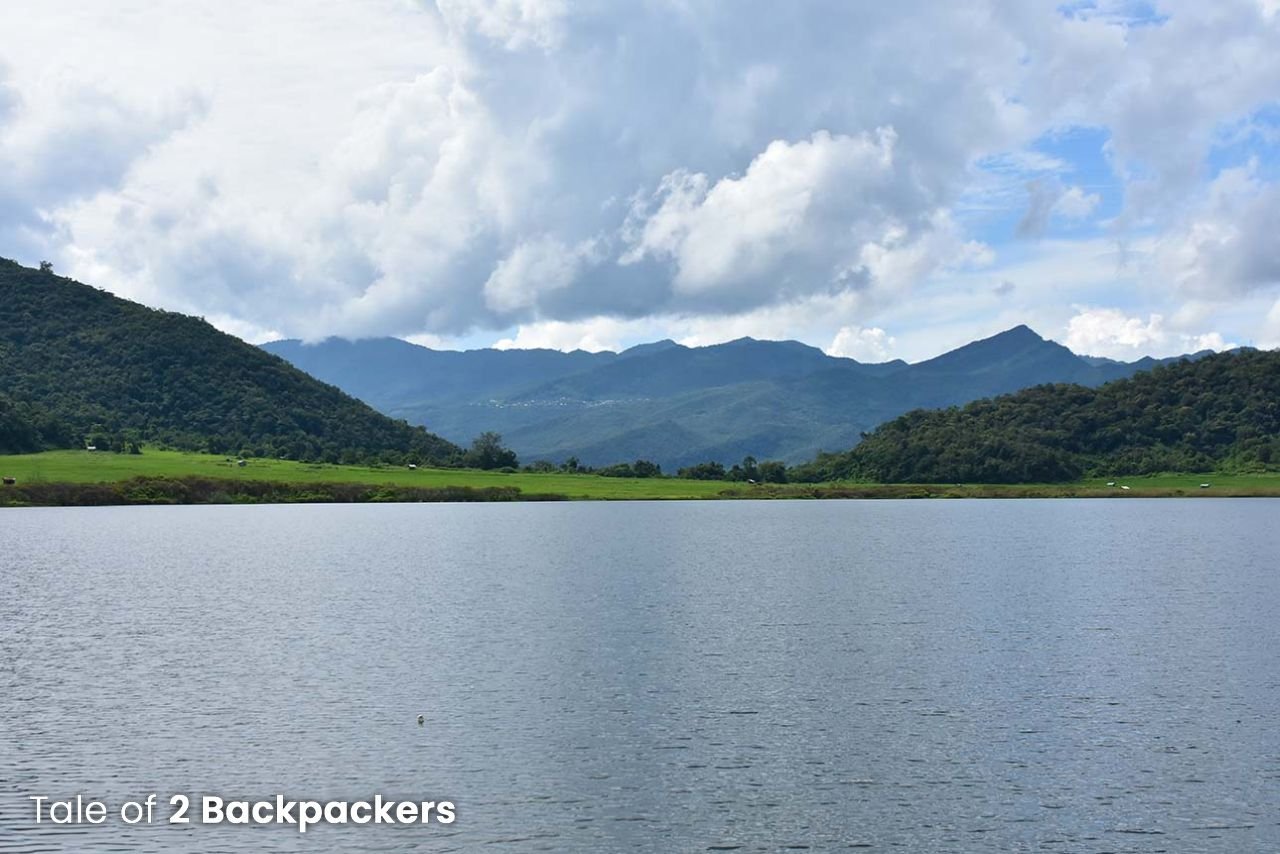
Rih Dil – The Lake of Souls
The significance of Rih Dil in the Mizo life can be seen both in the marriage and love as well as in the afterlife. Historically and culturally, the lake is believed to be the pathway for the dead to reach their final resting place. According to the Mizo beliefs, there are two distinct worlds where the souls travel after death – Mitthi Khua, the land of the dead and Pialral, exclusive heaven that is the resting place for a selected few. Mitthi Khua is the place where the common people settled after death leading an afterlife that is similar to their past life. The coveted place is, of course, the Pialral where only a selected few who had earned the title of ‘Thangchuah’ can enter. They had earned the title through their deeds that mainly included giving a huge community feast, killing some local wildlife and sleeping with village virgins!
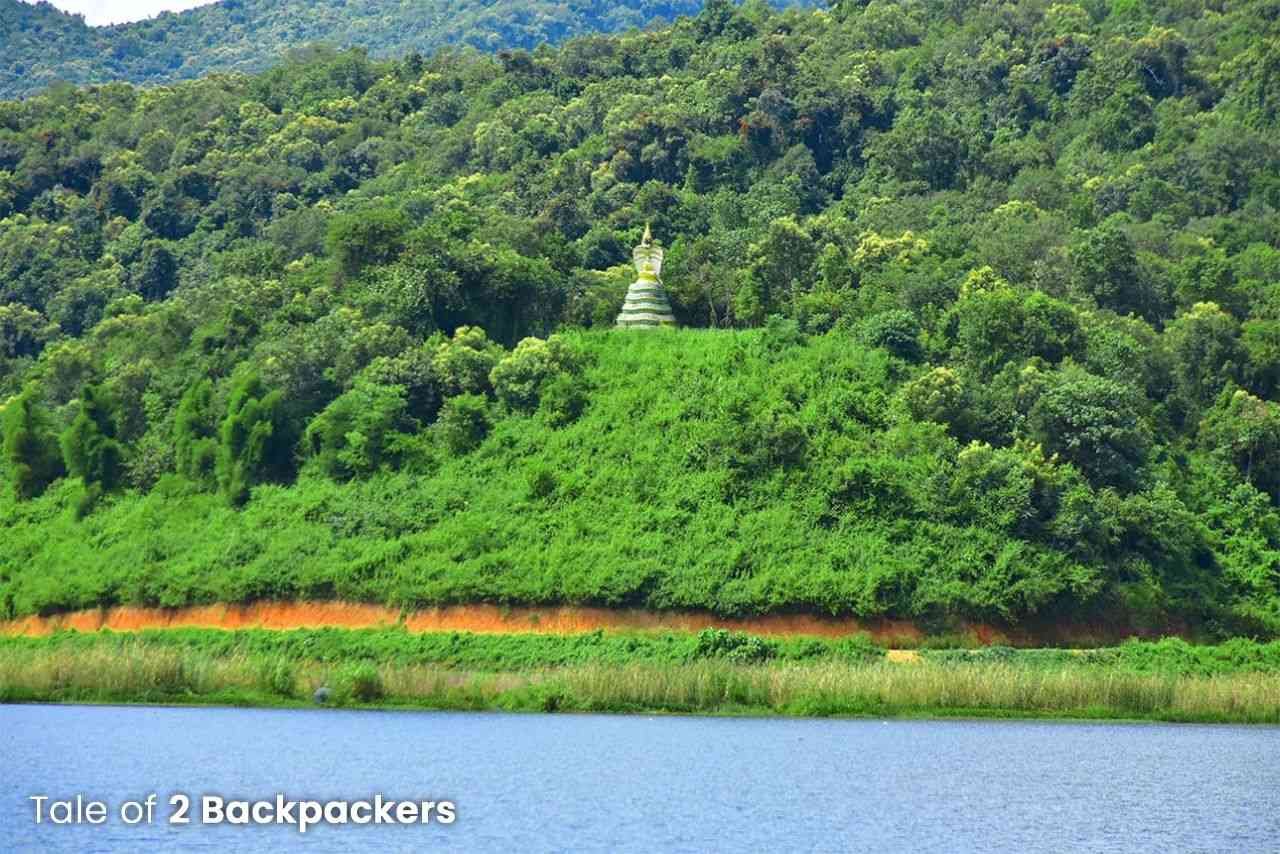
Anyways, Pialral is something sort of heaven where the person can have a relaxed afterlife, while at Mitthi Khua, hardships would be common. But wherever the soul went, they have to pass through the Rih Dil.
It so happens that after death, the soul leaves the body and heads directly to the Rih Dil for a cleansing ritual. It wandered there for a few days and then returned to his village and home. The relatives would keep a place in the table for the deceased soul and offer it a plate of food every time they sat down for a meal. After this three months of the vagabond afterlife, the soul would again depart for Rih Dil and from there, its next destination would be a mythical mountain called Hring Lang Tlang.
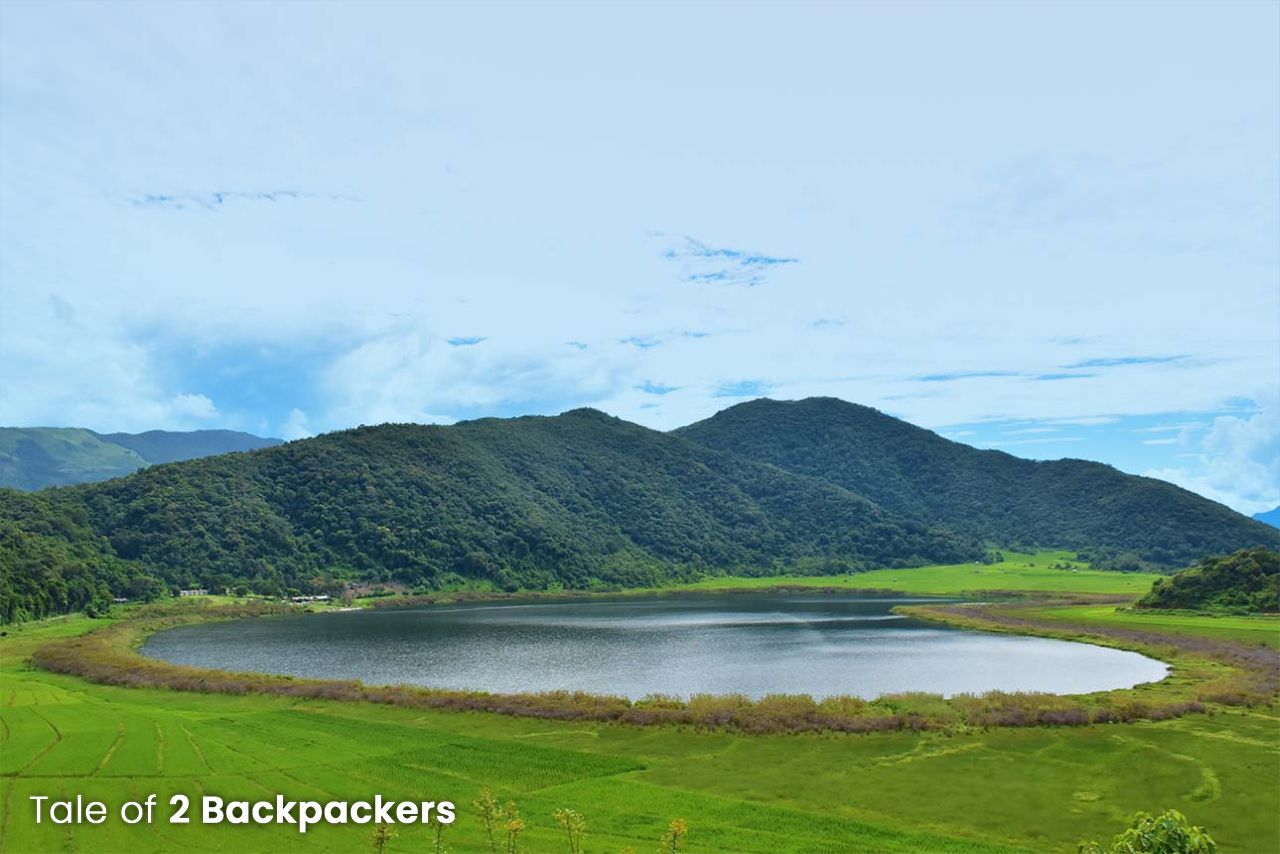
At the mountain, the soul would drink pure water from a mythical spring, Lungloh Tui or the water of forgetfulness. The water would quench its desire to go back to the mortal world. It would then pluck the flower Hawilo Par and put it behind the ears. On doing so, it would no longer pine for the past. After all these, the soul would proceed towards the Mitthi Khua or the land of the dead.
Some of the souls would stay in Mitthi Khuan while a chosen few would move past the Mitthi Khuan and Pawla to cross the Pial River and then enter the Pialral, a place where they can relax and be happy forever.
The Mizos thus believe Rih Dil to be the home of all the spirits and the lake has influenced poets, writers and composers of Mizoram for long to produce some fantastic tales and compositions.
Rih Dil – The Heart-shaped Lake or the Lake of Lovers
While afterlife and spirits can be quite interesting, Rih Dil is also known as a place for the lovers. For many newlyweds in eastern Mizoram, it is a kind of ritual to cross over the border and visit the Rih Dil and capture some of the most beautiful moments of their lives by the lake. The lakeside is really beautiful at the backdrop of small hillocks and is definitely a perfect place for some post-wedding photoshoot.
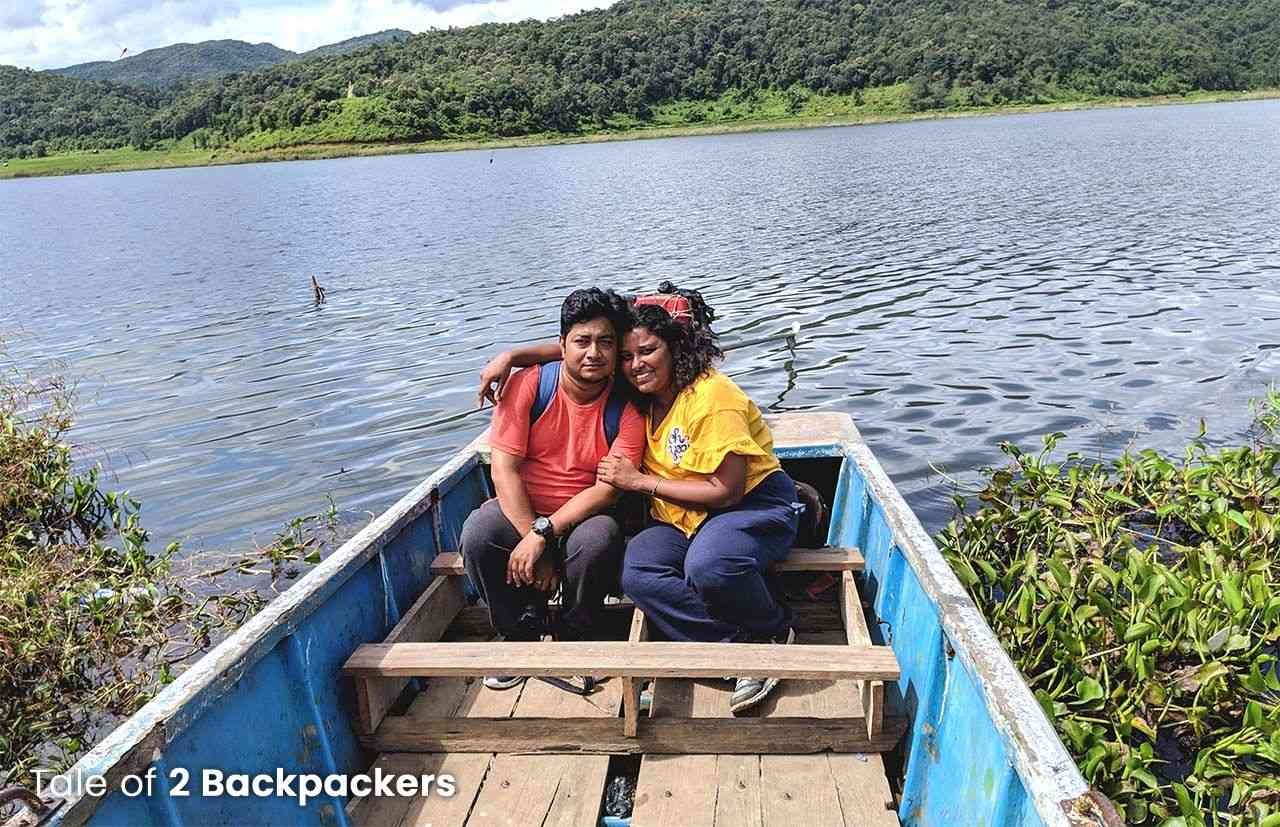
How to reach Rih Dil Lake?
Rih Dil Lake is located in the Chin state of Myanmar and is about 27 km from Champhai town. So to visit Rih DIl from Champhai, you are actually visiting a different country! The easiest way would be to hire a car to Zokhawthar, the border town. While Zokhawthar is on the Indian side, its Burmese counterpart is named Rikhawdar. But keep in mind, that Indian cars are not allowed to cross the border and enter the Burmese territory. So if you are taking a car, you have to leave it at Zokawthar border and then arrange for another transport to Rih Dil. You can also take a shared sumo from Champhai to Zokawthar and the sumo will leave you at the Zokawthar stand. From there, you have to walk down a little to the border. You will get the sumo from Champhai market. In all probability, the sumos will be coming from some other destinations to Champhai and then going over to Zokhawthar.
The sumo travelled through the rice fields of Champhai and then through some really bad tracks. The last bit of road to Zokhawthar was really very horrible.

The Tiau River marks the natural boundary between India and Myanmar. There is an iron bridge over the river and people from both sides of the country cross the bridge at their will. Being trading centres, people from both the countries cross the bridge, get their work done and then return back. We went and asked the BSF at the Indian side and they just asked us to cross over the bridge and enter Myanmar.
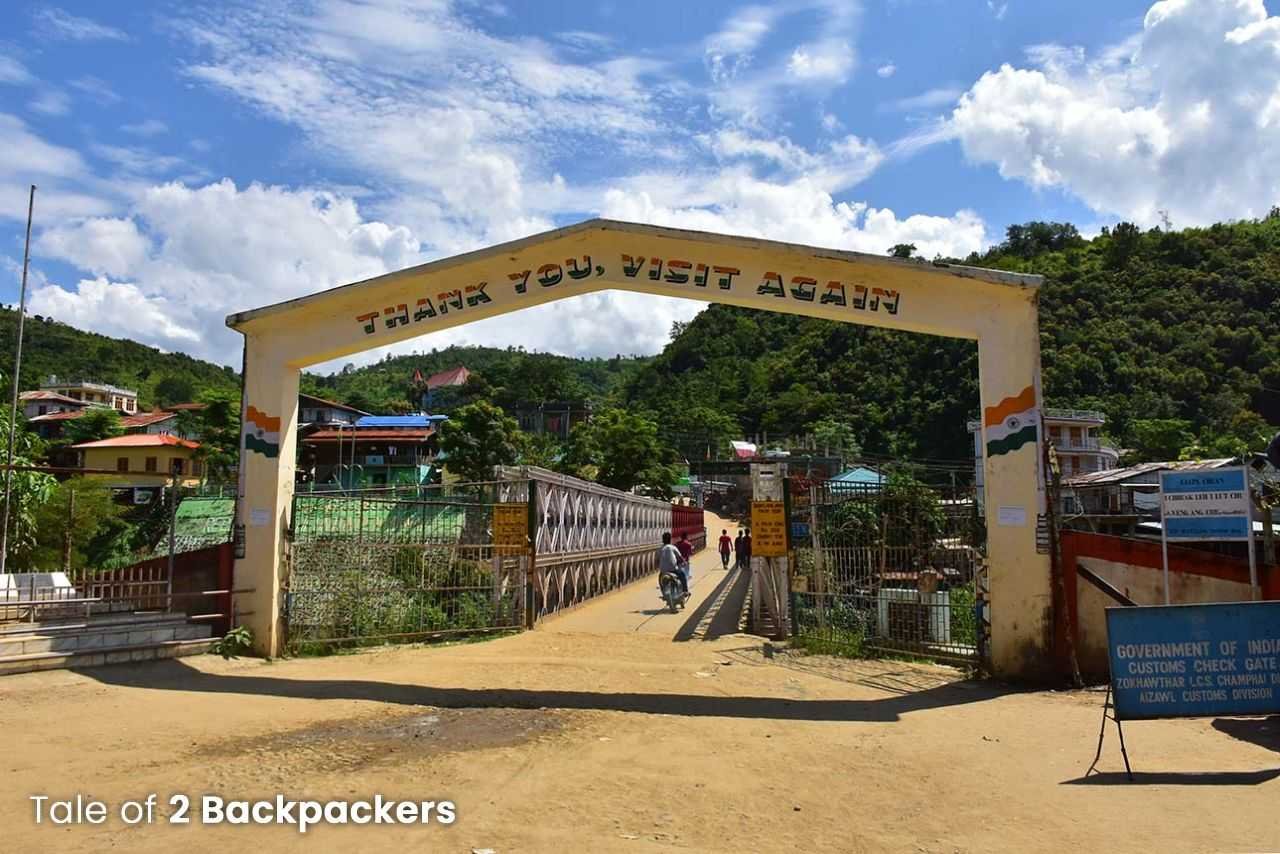
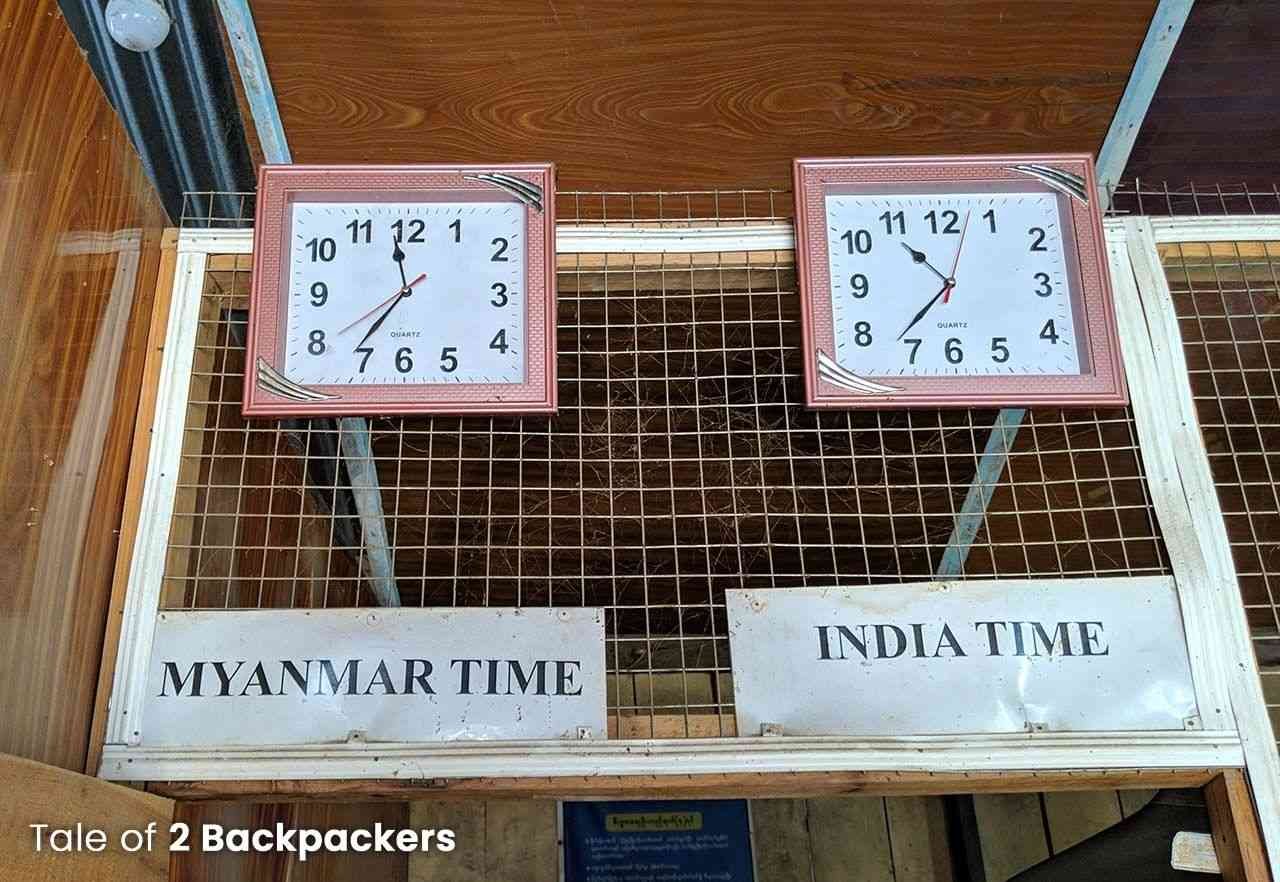
Once we entered Myanmar, we had to submit our Adhar cards (or any ID proof) to the Burmese checkpost at the border. Rih Dil is about 3 km from the border. There are bike taxis available at the border that took us to the lake. We hopped on to two bikes and the bikers took us through the hilly roads of Myanmar to Rih Dil. The bike took Rs250 per head from us. They would take us to the lake, wait for us for some time as we admired the beauty of the lake and then bring us back to the border. But here again, you have to bargain a bit. You can also get taxis at Rikhawdar side to the lake. When we went there, we did not see any taxis but heard that they are available and you can get them at INR 1000.
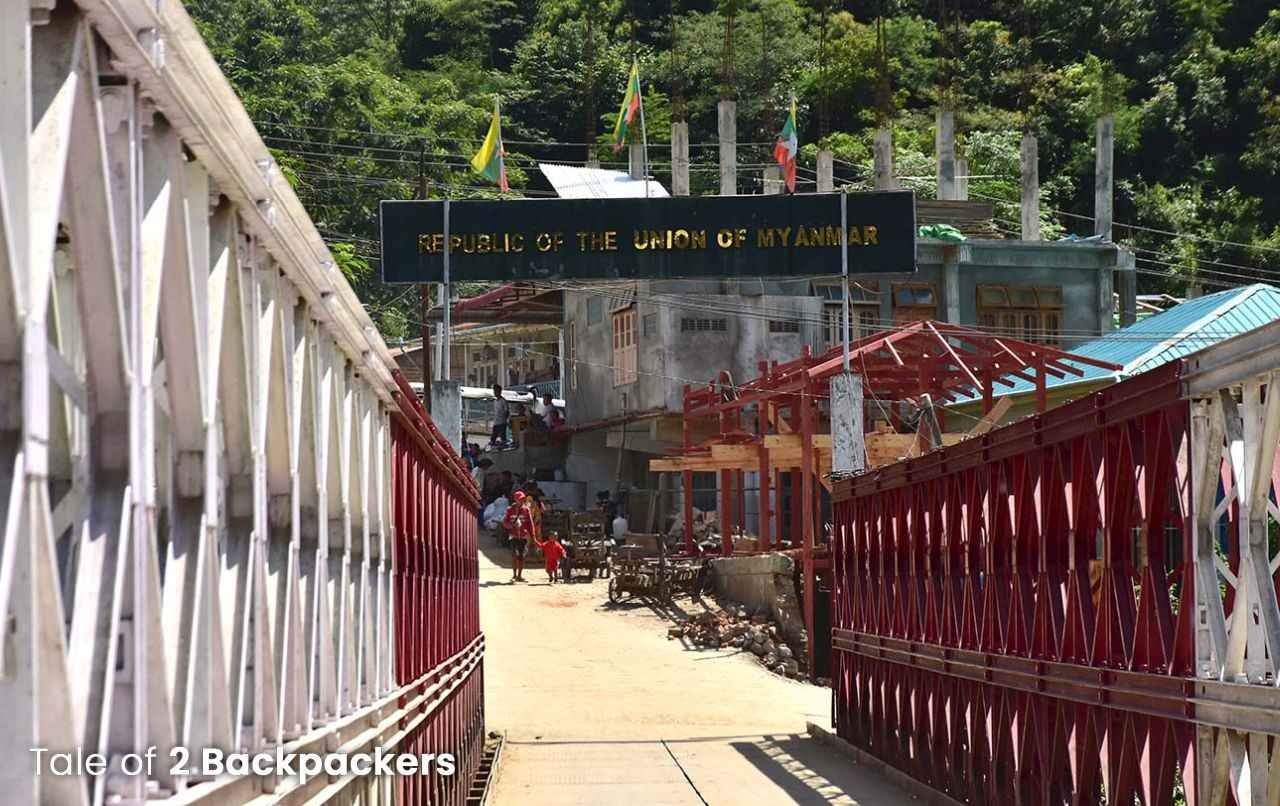
Rih Dil is beautiful. The heart-shaped lake gets quite a number of visitors from both countries. There is a restaurant near the lake from where we had our lunch.
A tip: There is a school on the way to the Rih Dil. To get the entire Rih Dil in a frame, go to the school. There is a viewpoint there from where you will get some great pictures of the lake.
After our visit to the Roh Dil, we were back at Rikhawdar and roamed around the place a little. Then we crossed the border and took another sumo from Zokawthar to Champhai.
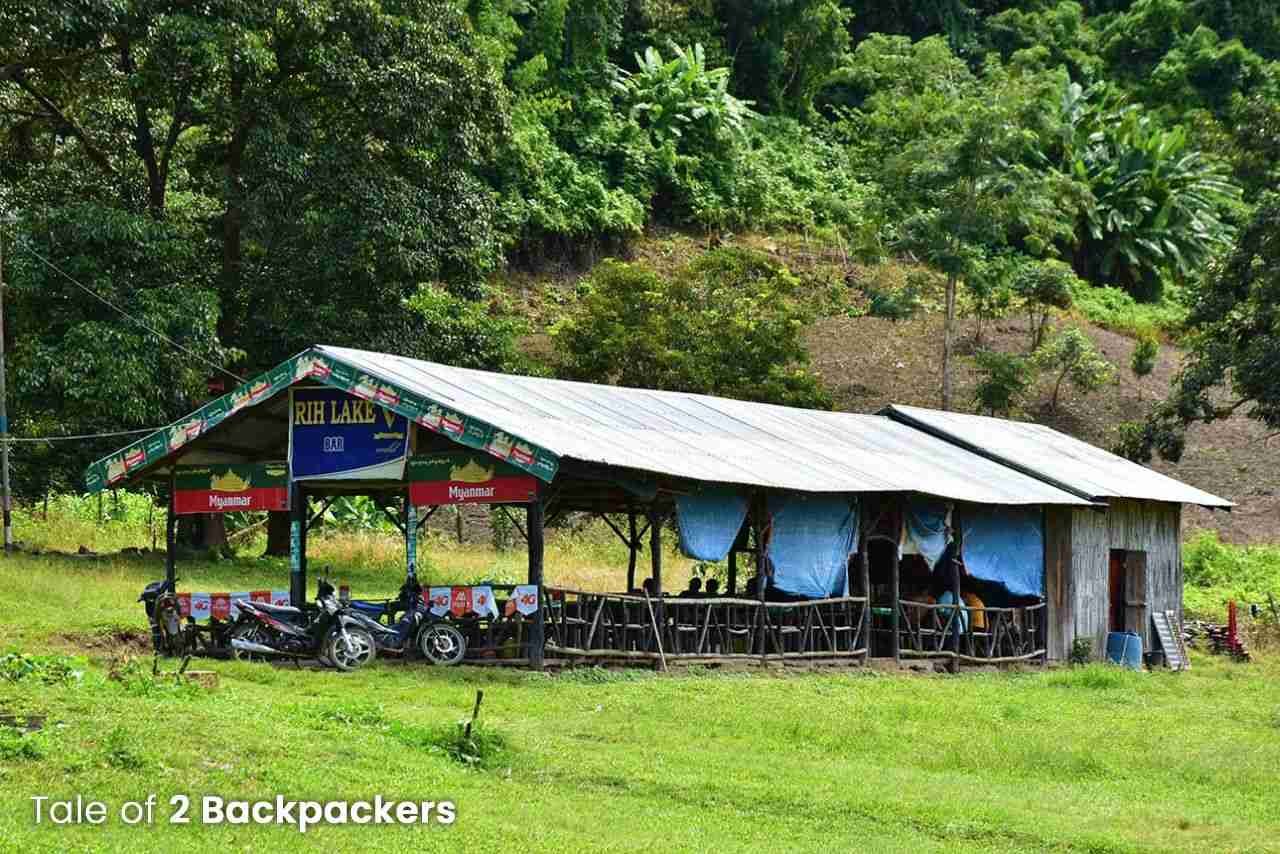
Champhai Travel Guide
Rih Dil might be one of the best attractions, but Champhai is much more than that. Known as the Rice Bowl of Mizoram, Champhai is known for its vast stretches of paddy fields. We could see them all around the place and believe me, they were quite pleasing to the eyes. But what people usually do not know is that Champhai is also the only wine region in entire northeast India. Champhai has an excellent winery as well as some vineyards that look absolutely gorgeous during the grape season.
Things to do in Champhai
While you are in Champhai, you will definitely find a lot of things to do. This picturesque countryside of Mizoram offers a lot to its visitors. However, the beauty of Champhai cannot be understood in a day. Champhai is a place for slow travel. You will gradually take a liking for the place.
- Walk through the stretches of paddy fields
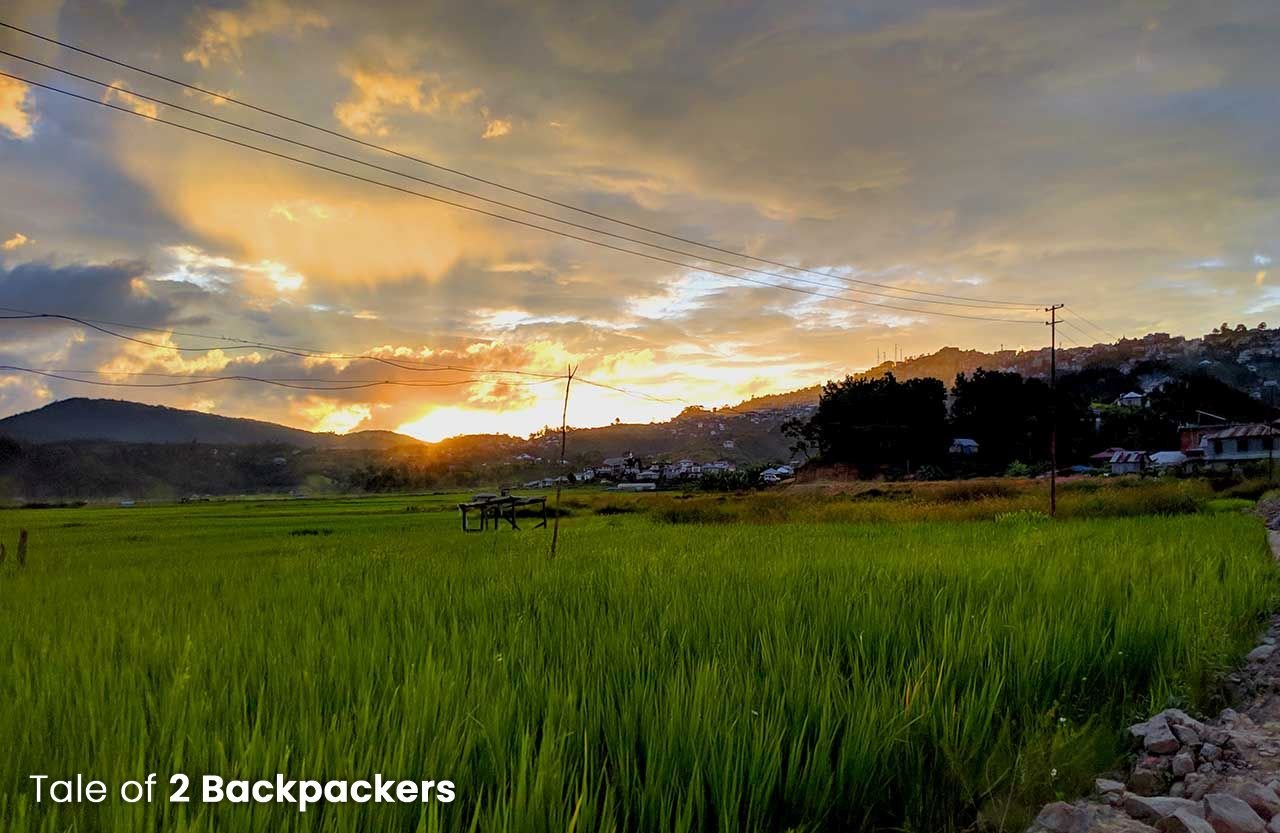
While you are at Champhai, you must take a visit to the paddy fields. They look perfectly beautiful at the backdrop of small hillocks. And sometimes a house in the midst of the paddy fields makes for a very beautiful picture. Walk through the paddy fields, take some beautiful pictures and simply enjoy your time in the countryside.
- Champhai – The Wine Connect
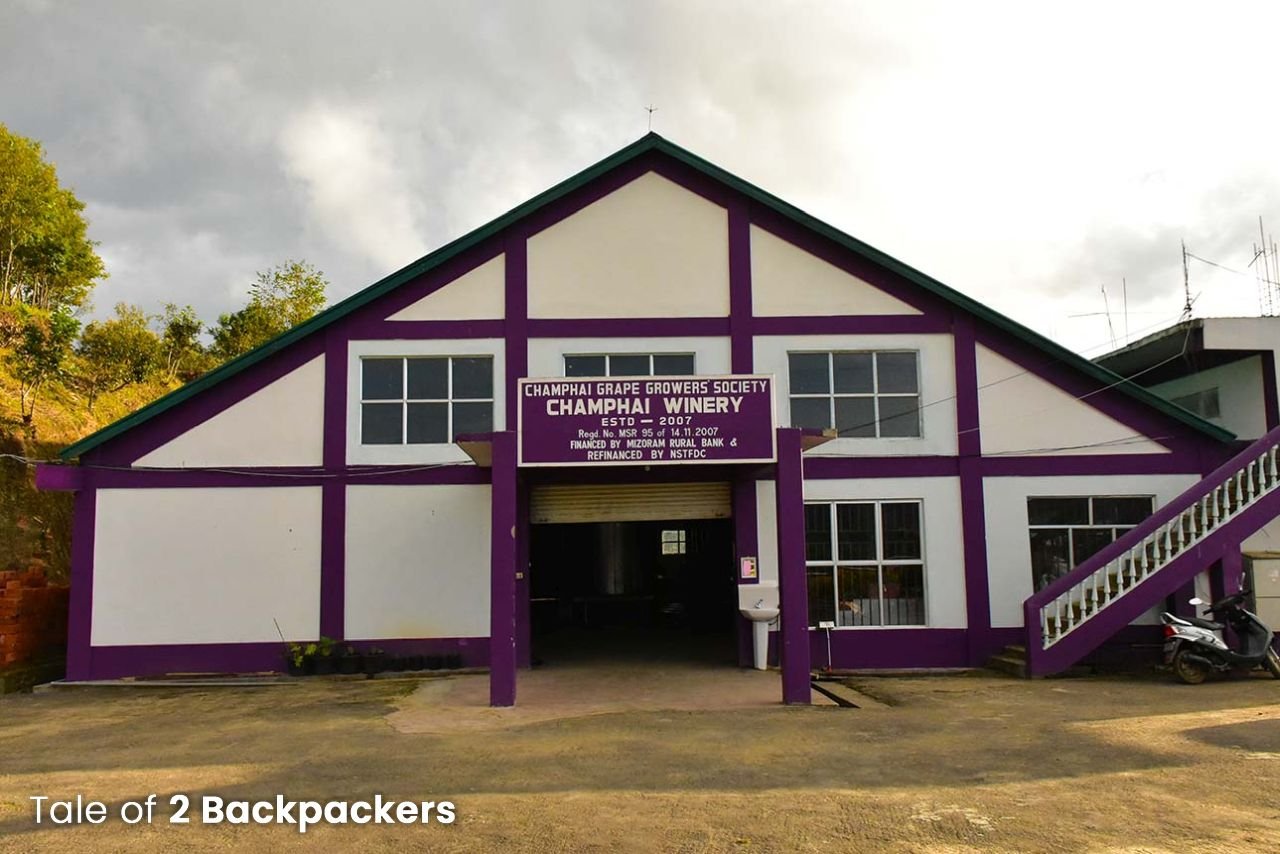
Champhai’s wine connect goes back to more than a decade. The grapes grown here are not usually popular as table fruit, but are absolutely fit for making wines. The vineyards can be seen in the upper part of Champhai town near the DC Office. But the best place to see them would be at Hanhlan village. This village is quite known for its wine production.
The winery is located at Zote village, about 2 km from Champhai town. Here you can see the process of wine-making if the process is going on in the factory.
- Visit Ruantlang and the Model Mizo Village
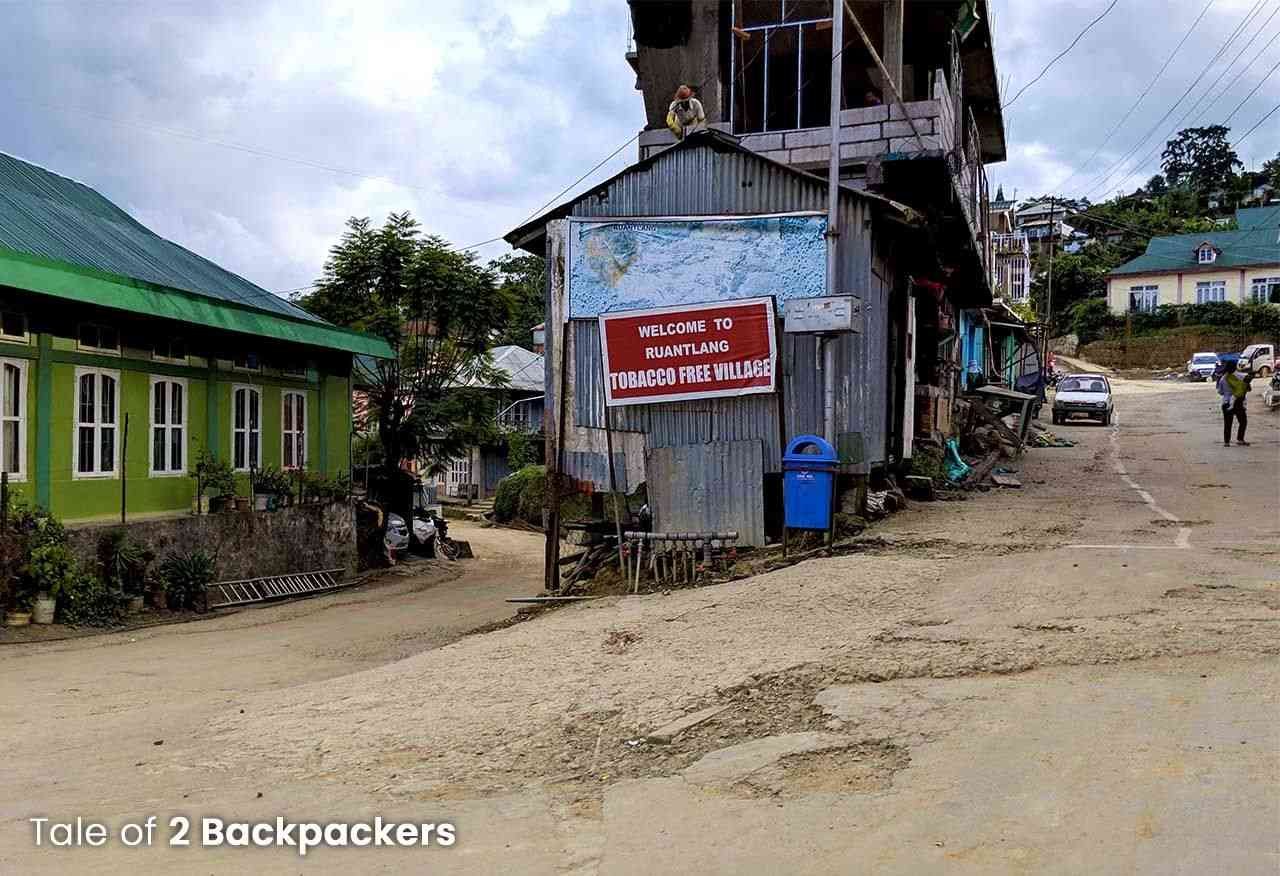
Ruantlang is a small village located about 5 km from Champhai. This small village proudly flaunts the signboard of “Tobacco free village” on the road. If you drive past the village all the way upto a hillock, there is a small park-like area. Inside the park, there are a few model Mizo houses. There is a nominal entry fee of Rs.10 to enter the park.

The model Mizo houses in the park is not well maintained. We have seen better ones at Reiek model village. The road to reach Ruantlang is also quite bad with big potholes. The only good thing that we found was that you get an insanely beautiful view of the Aizawl valley from the park. Visit the place only if you have extra time. I am sure the model village at Falkawn and Reiek are better maintained.
- Visit the Local Villages
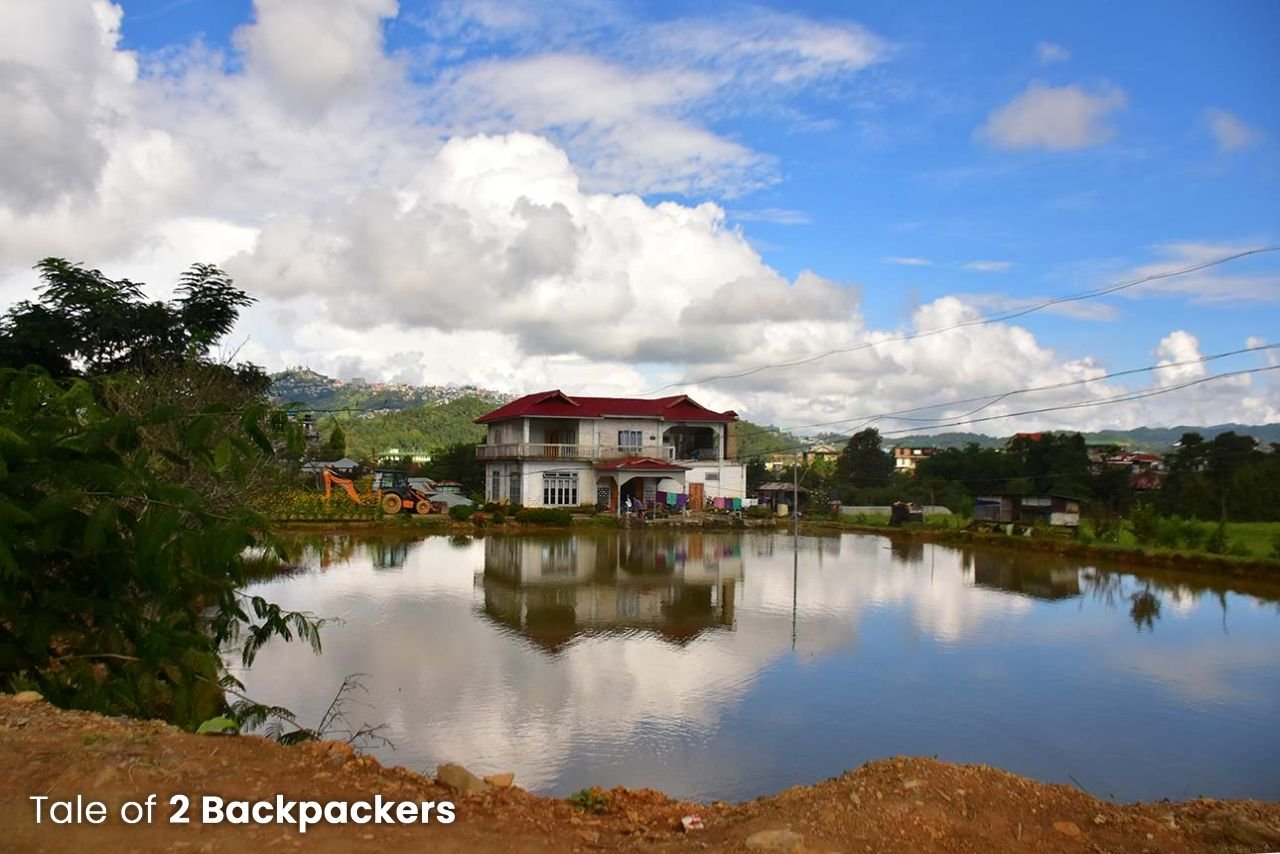
From Champhai, you can also visit smaller villages like Chawntlang and Vangchhia. Both these villages are important for Mizo tradition and culture. We had planned to visit Vangchhia after Champhai, but somehow it did not materialize. The story I have written in the post on Mizoram Travel Guide.
How to Reach Champhai?
Shared sumos are available from Aizawl to Champhai throughout the day. Sumos in Mizoram also travel during the night time. This is something unique that I noticed in the northeast states. Sumo from Aizawl will take about 7-8 hours to reach Champhai.
You will also get sumo from Silchar directly to Champhai.
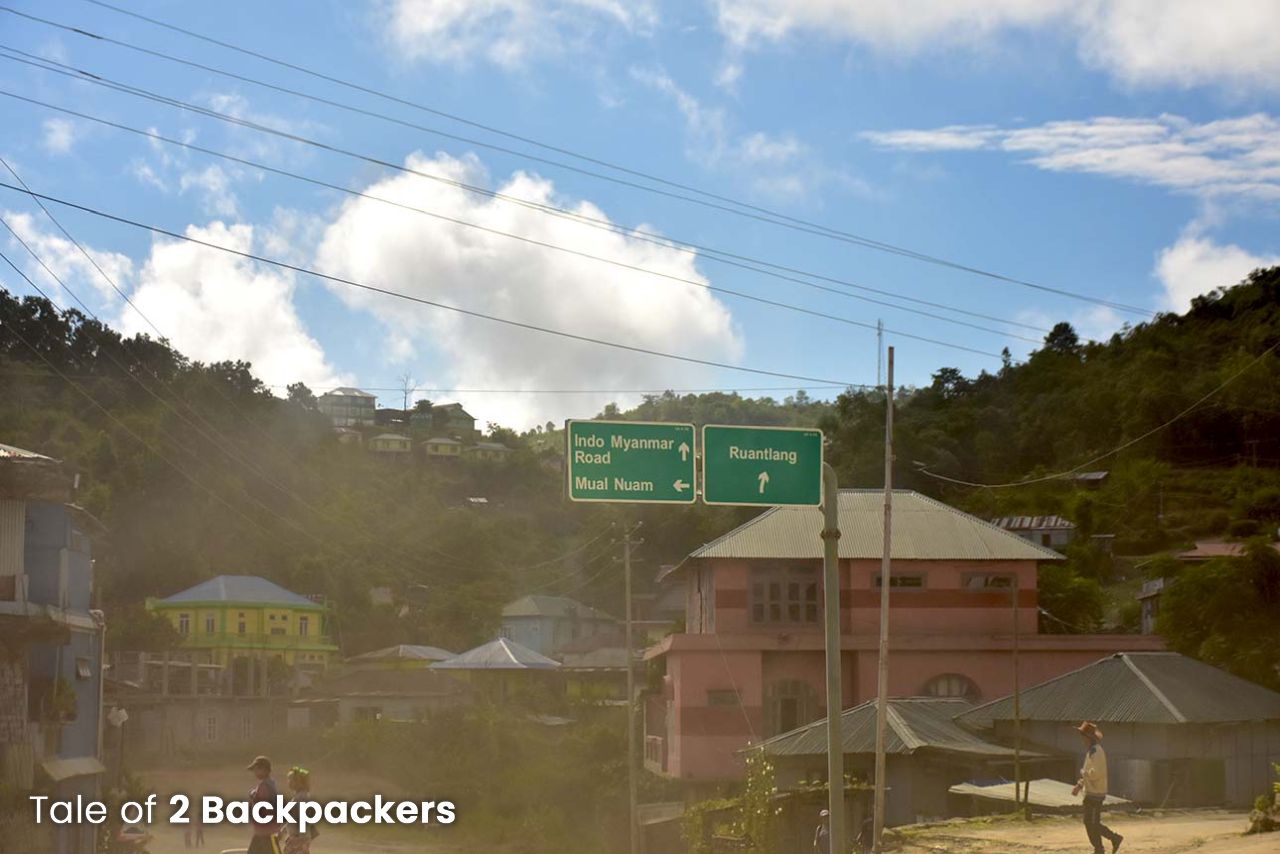
Places to Stay in Champhai
Champhai has limited options for accommodation. The best place to stay is at the Champhai Tourist Lodge run by the Tourist Department. You can call them up and reserve your rooms. Usually, you do not have to send money to book the rooms and can go there and pay upfront. There are single rooms, dormitories, double rooms and cottages. Try to get the booking in the cottage, they have an excellent view of the paddy fields beyond.
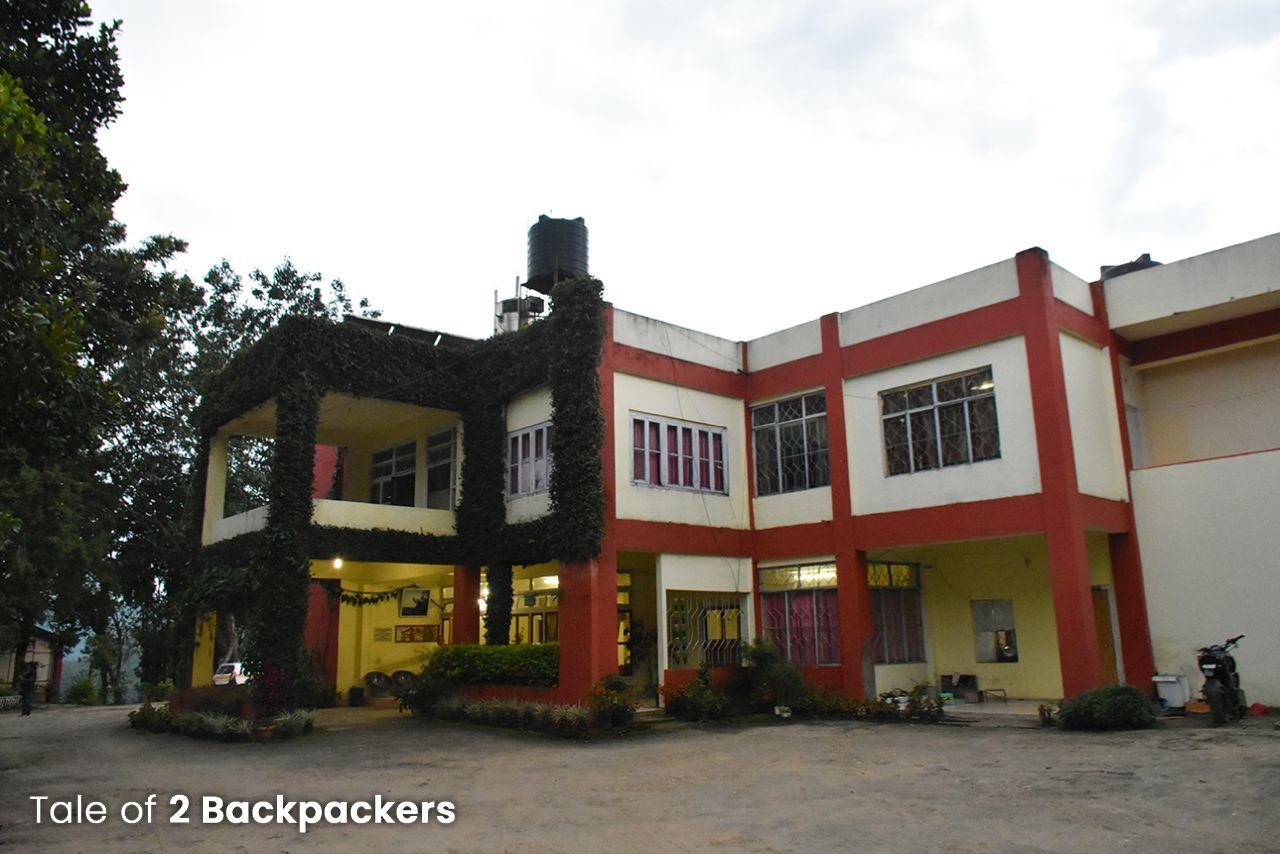
The tourist lodges in Mizoram are usually quite good and clean having proper service. It was in Champhai Tourist Lodge that we found that the service faltered a bit. The cleanliness also could have been improved. Nevertheless, it was a satisfactory stay. We got a double bedroom for Rs600 and the cottages were only for Rs1000. The tourist Lodge would serve you breakfast and dinner, but not lunch. You have to order your food beforehand here.
Zokawthar also has a Tourist Lodge, if you want to stay near the border. You can also reach Zokawthar directly from Aizawl by shared sumos.

Best Time to Visit Champhai
The autumn and winter months between October to March is the best time to visit Champhai. The monsoon season should be avoided as the roads become really bad during that time. As it is the roads to Zokhawthar are full of potholes, during monsoons the ride will quite bad. So, late June to August should best be avoided.
But if you want to see the vineyards in their best, then you have to visit from August to mid-September. This is the season for Mizo grapes!
Champhai was quite a revelation to us. Rih Dil was no doubt the highlight of our trip, but the paddy fields, the quaint villages and the wine factory gave us enough fodder for our wanderlust hearts. Though the episode with the Sumo driver left a bad aftertaste, we still believe in the goodness of all people. We would return back to Mizoram again and visit the places that we missed this time.
A few more pictures of Champhai in Mizoram
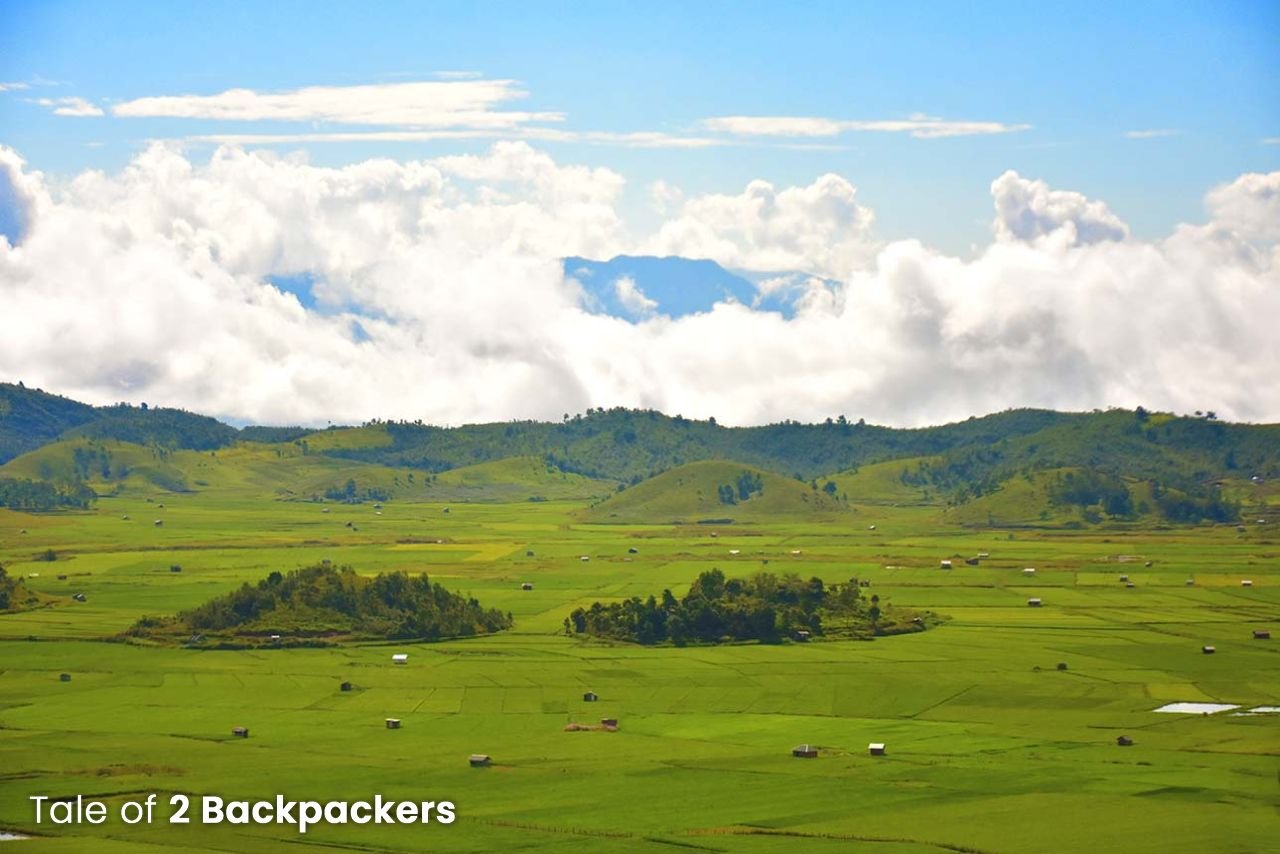
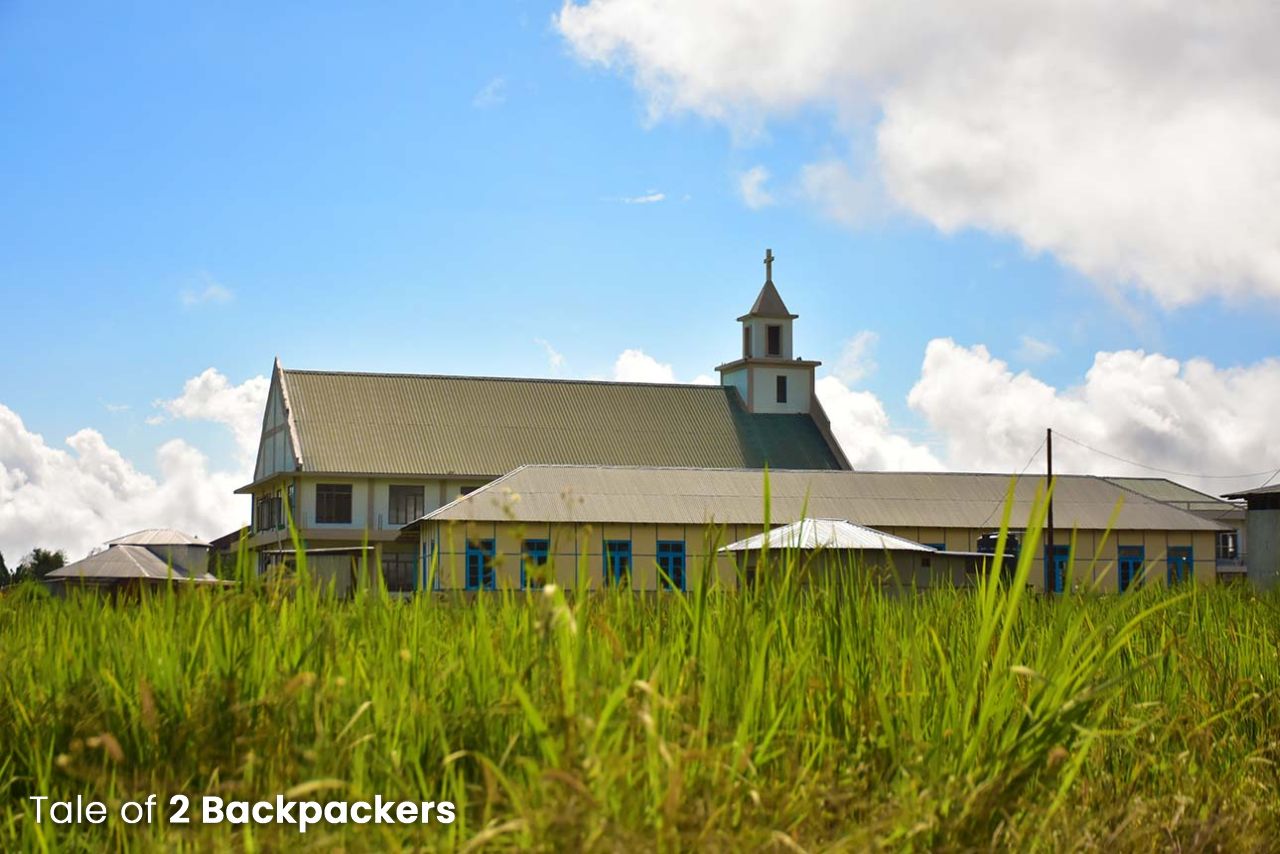
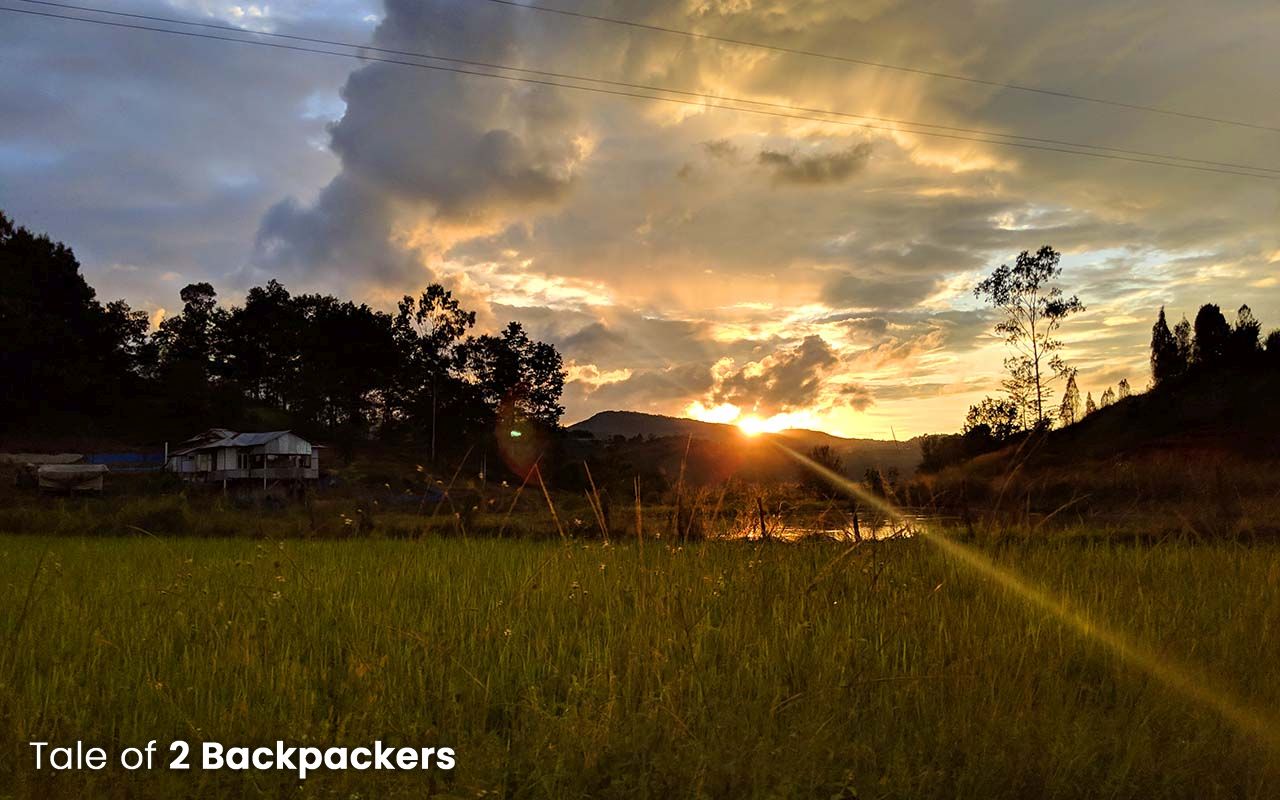

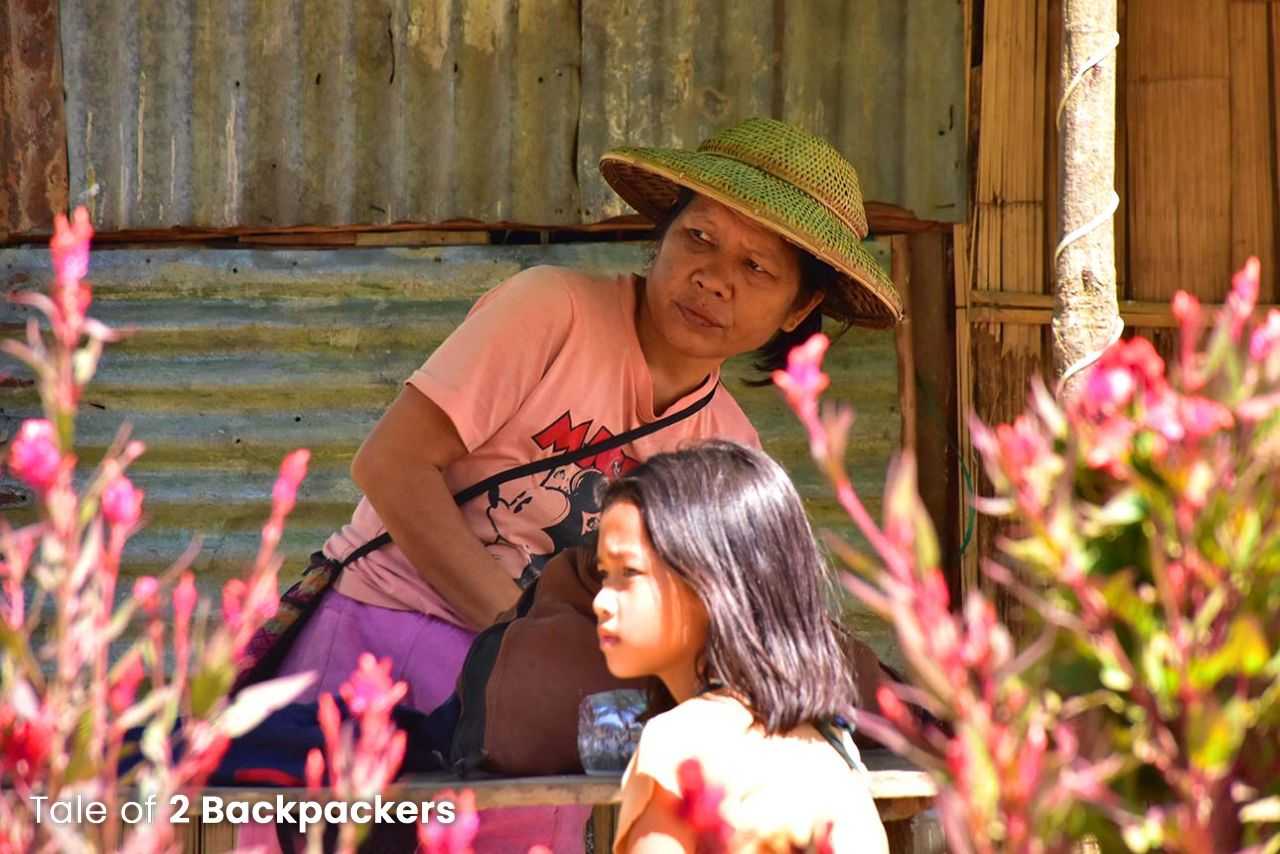




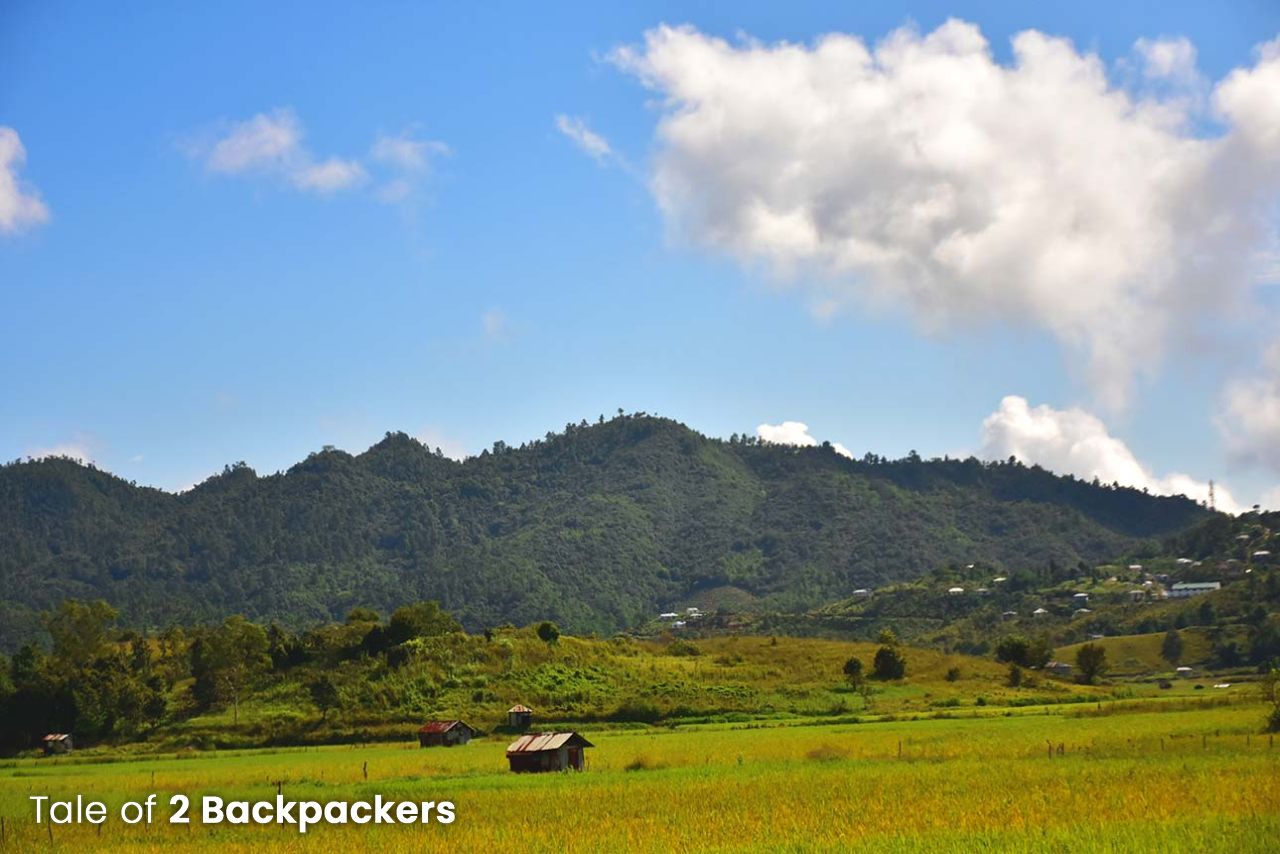

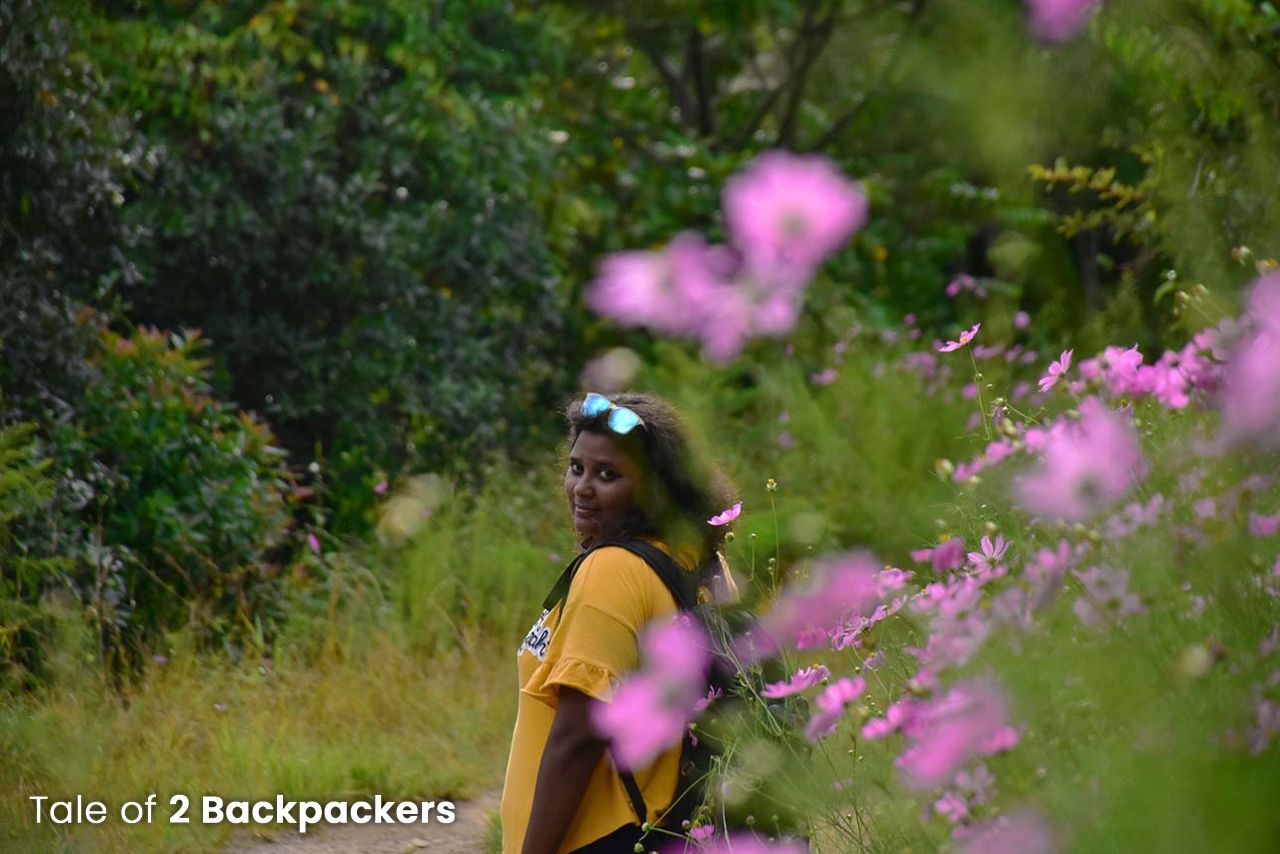

Did you like the post? What do you think about Rih Dil, heart-shaped lake and Champhai? Let us know in comments below.
Pin it for a later read!



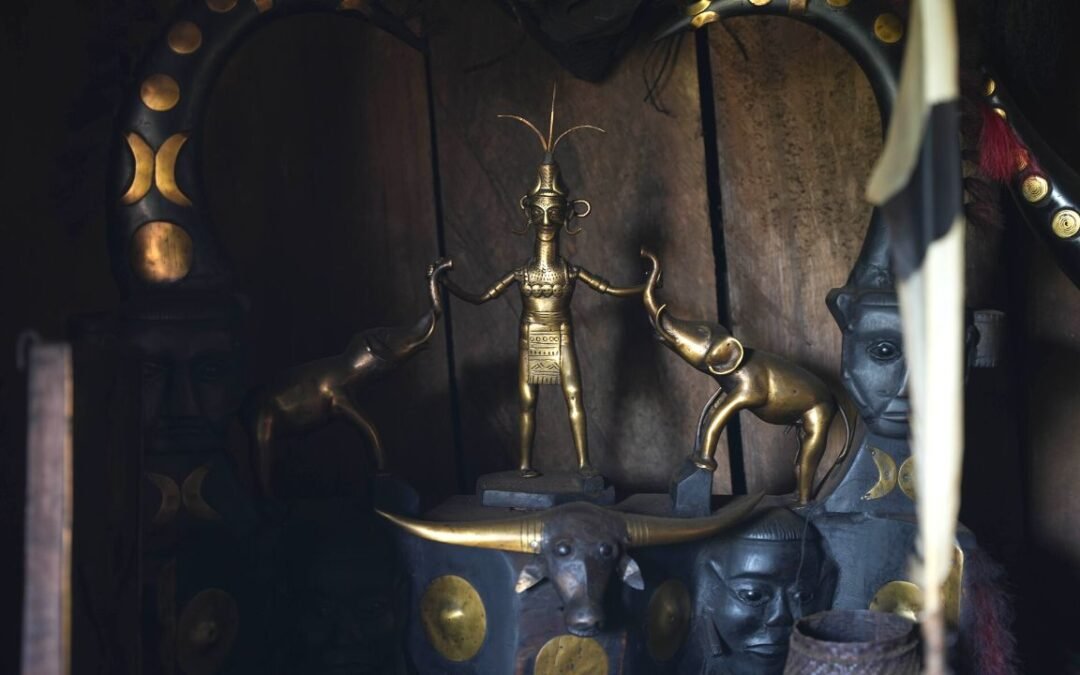
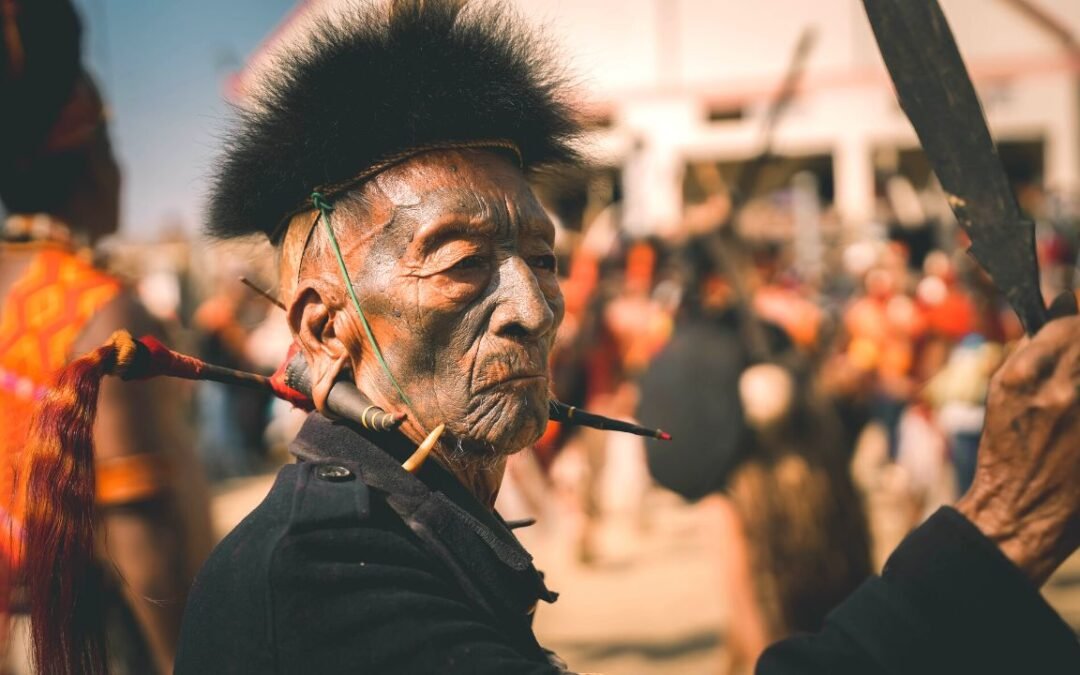
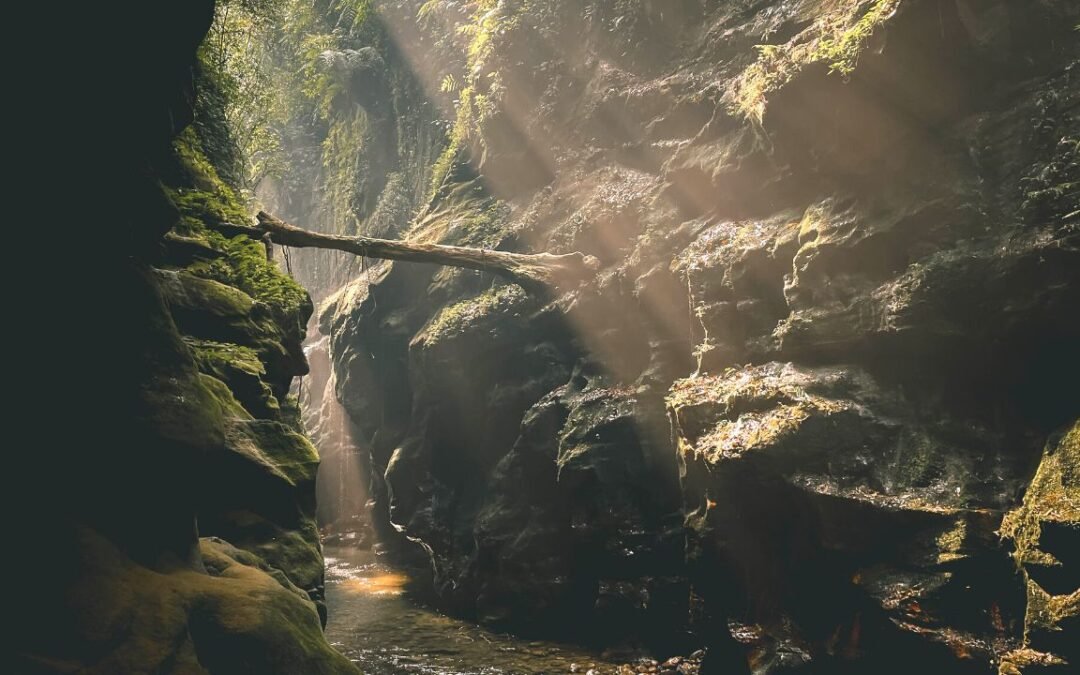
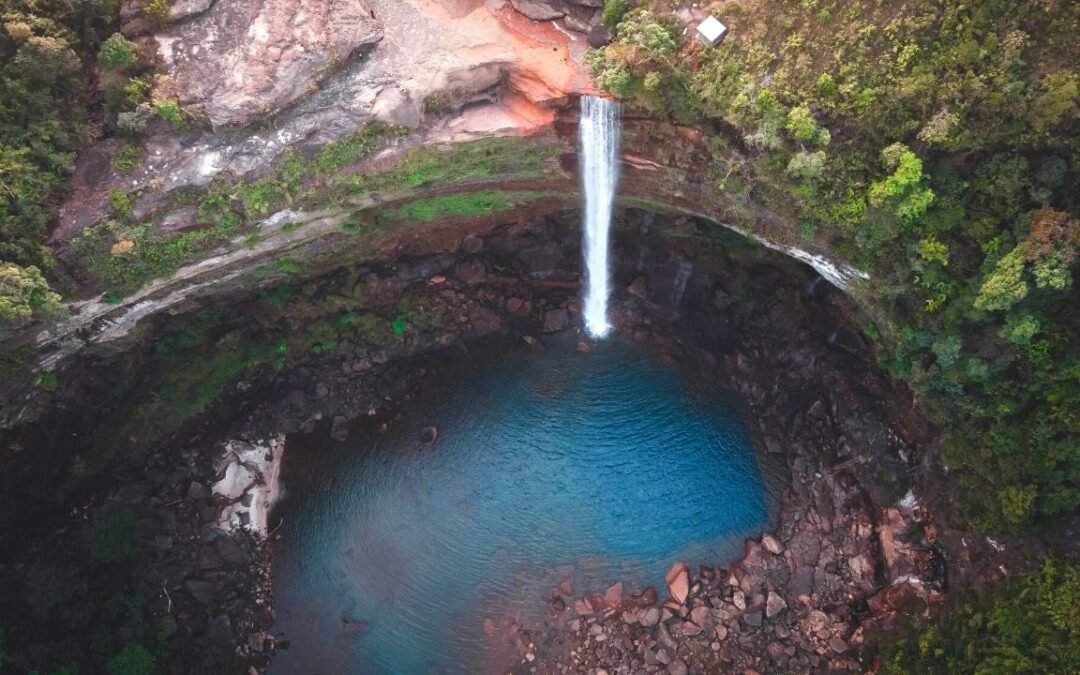
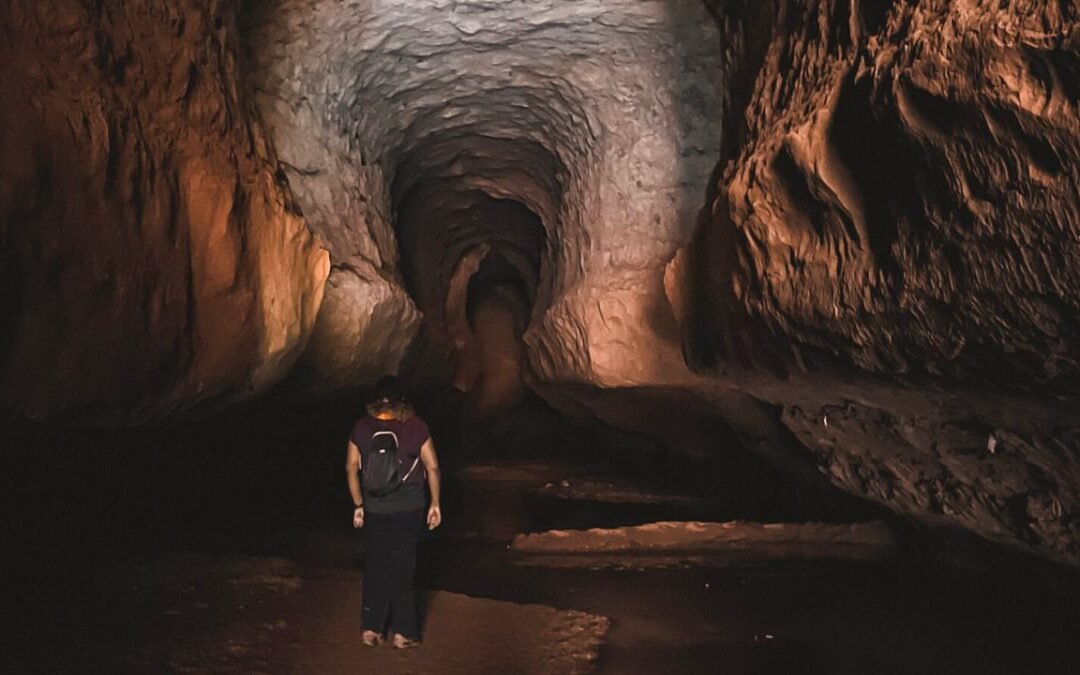
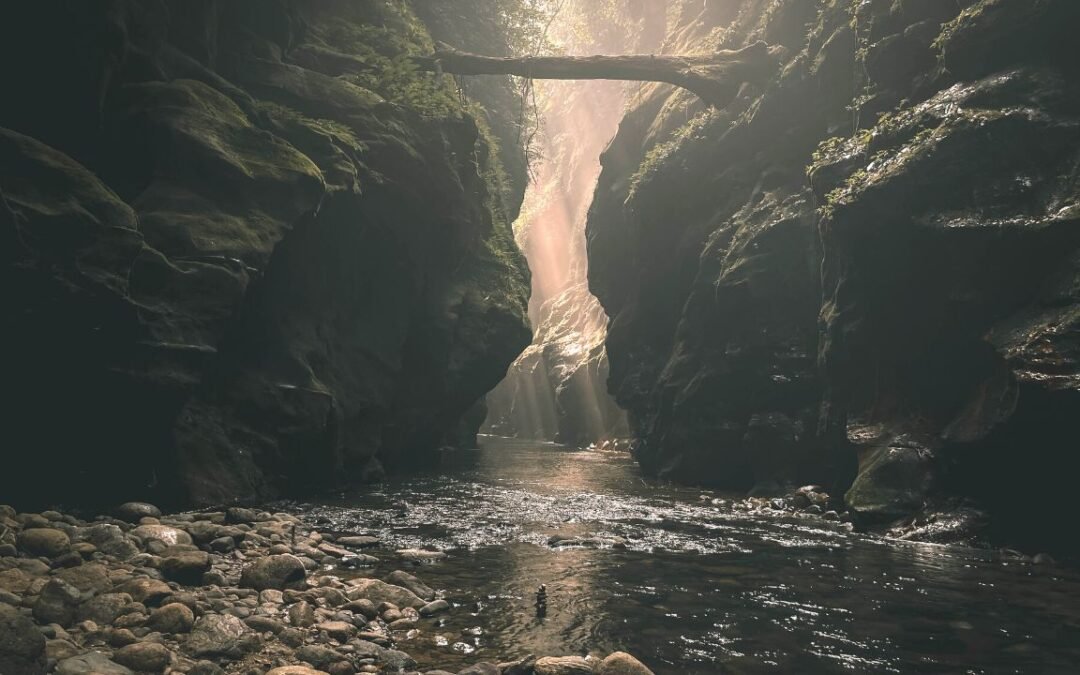
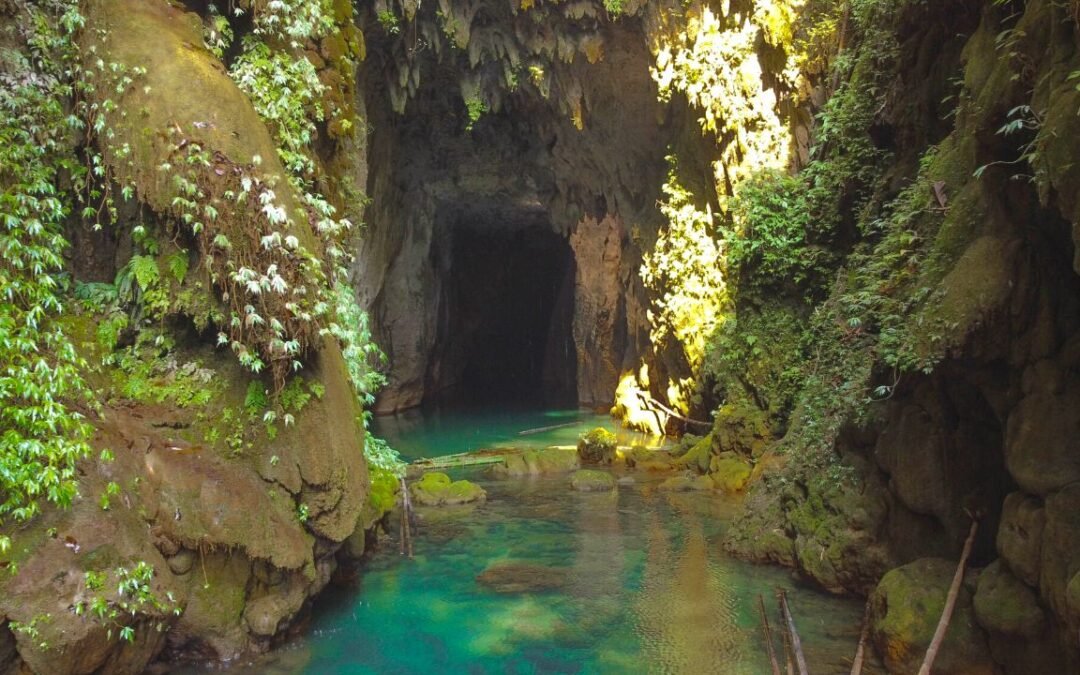
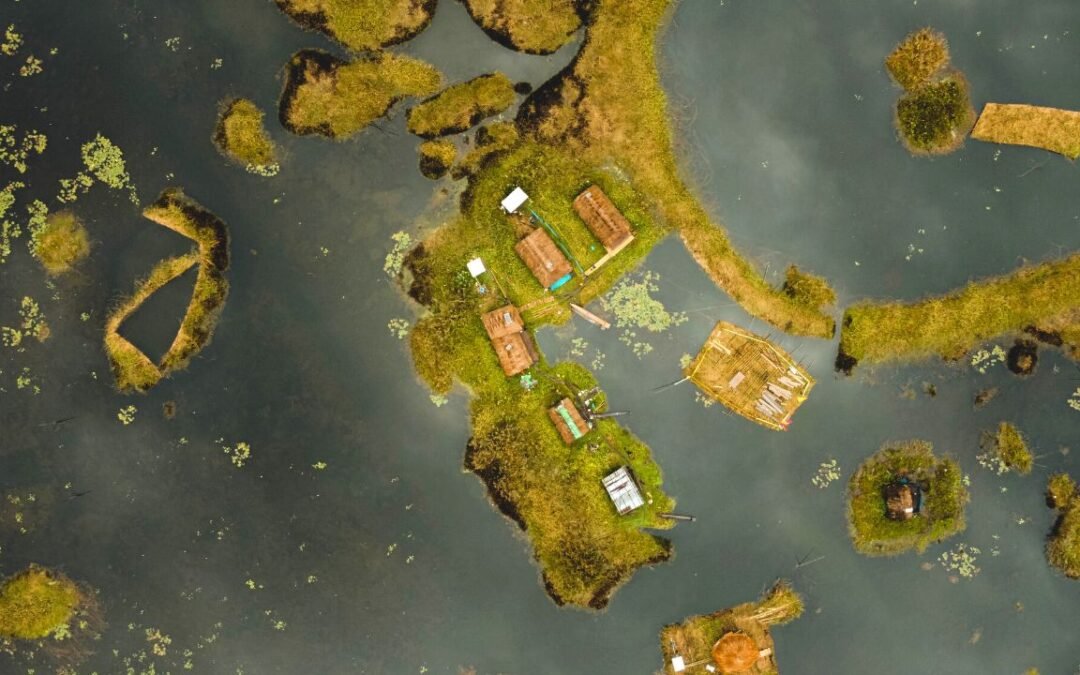
Wow! Shops with no shopkeepers — that’s really unique and fascinating. It simply means that people are honest and kind. This is definitely made me want to visit Mizoram and meet the locals. This is truly remarkable.
Yes, the people are honest and good. Thank you Clarice for the comment.
I haven’t been to Myanmar but I would love to check out this region when I eventually get out there. The heart-shaped lake is an added bonus but I do like the landscape of the surrounding area and would love to take a walk. It doesn’t look too hard the terrain. I wonder if the heart-shaped lake gets lots of visitors, and if so, I wonder if the visitors are all from Myanmar or from elsewhere.
Thanks Danik. Rih Dil gets maximum visitors from Myanmar and Mizoram in India. As I mentioned in the post, Rih Dil is very important culturally for the Mizos in India.
I followed the same tips and explored Ri Dil Lake. It was so beautiful. Although the roads were really bad.
Yes, the roads are bad! Hope you had a better time at the Lake.
I think it would be so cool to visit a heart shaped lake, so would love to see Riu Dil Lake. So much natural beauty. And a home for spirits as well. Going by a bike taxi would be a fun way to travel Interesting to know that this area is also known for wine. And that we should visit in August or September. Shops with no shopkeepers is definitely hard to find in North America. Looks like an interesting spot to visit.
Thanks Linda. Shops without shopkeepers are also not found elsewhere in India, but only in Mizoram. It is a unique place.
Rih Dil Lake looks like a beautiful natural site to visit, the entire Champhai area looks green and lush. I love the idea of the honesty shops, it’s great these still exist in some places in the world. Thanks for also sharing about the cultural significance of the lake to Mizo community.
Thank you Kavita!
Such comprehensive post on Ril Dil lake and champhai.I have heard about this place but never heard about its facinating history and importance.Champhai looks so beautiful place and those shops without man is such curious case to me.This shows trust in huminity..Love your post amrita.
Thank you Mayuri! There are so many fascinating places all around. Champhai is one of them.
What a heart-touching piece. I have not been to Mizoram but heard all good things about the place and people. I did not know that dil means lake in local. Thank you for introducing a new lake. I did not know about rih dil. Its so picturesque. Also, I am amazed and happy to know about such shops where people just drop the money in pawisa dahna and leave. This is definitely a perfect example of mutual trust. Loved the food picture.
Thank you Manjulika. Mizoram is really a lovely place.
I never knew that Myanmar and India shared a border – goes to show how bad I am in geography. I think it’s really interesting how this lake is important for the Mizo people but is located within the state of Myanmar; definitely feels like there’s a lot of history worth digging into. The shops without shopkeepers are also very interesting!
Thank you Eunice. The Mizo and Burmese share a common ancestor. I am sure there are a lot of historical stuff to look into there.
Great post!! While traveling to India I never really focused more on the eastern side of India and now I know that I have missed some really amazing. I never really heard that there is a passage to travel Myanmar from India and it looks really great. I would love to consider it for my future trips to India.
Thank you Daniel! Travellers from other countries usually give the eastern side a miss, but believe me, this part is also amazing. Hope you return to India again soon and explore the eastern and northeastern side.
Your post really inspire me to visit Mizoram and camp beside the beautiful Rih Dil lake.
Thank you, Anwesha, but I don’t think camping is allowed beside the Rih Dil.
I like your post because you show places less popular and unknown among European tourists. It is a very inspirational post. I’ve been to India 3 times so far, but the country is vast and has so much to offer that I hope to be back someday. I like the Champhai. I want to visit Tobacco village, but most of all, I would love to see vineyards!
Thank you so much Agnes. Truly, India is vast and there are so many places to visit. Please be back to India and explore Northeast next time. And if you need any help, you have a friend here. 🙂
Thank you for your post, the shop with no shopkeeper really show how is this local people mind. I would love to stay in the village with all this honesty and trust. this would be so much happy for me.
Aww I love the symbolism of the heart shaped lake for lovers! I would love to visit with my boyfriend for the natural beauty of the area and for the sentiment of it all. Thanks for showing me a new destination to put on the list!
This lake looks awesome, the colors are amazing! I bet it would look great shot from above with a drone or from an airplane. Myanmar has been in my list to-visit for a long time.
Thank you Chris. I am sure Rih Dil would look great from above.
This is so beautiful! I wasn’t really familiar with the India-Myanmar border, so I learned a lot from reading your post. That is truly fascinating that this is a wine-producing region, and the fields surrounding Rih Dil are so picturesque. Great shots throughout, and thanks for sharing!
Thank you Kevin.
Your post was super interesting and you surely have given me the reason to visit Mizoram, Champhai and Rih Dil. I loved the name Rih Dil. It is absolutely gorgeous and so picturesque. Thanks for writing and sharing this detailed guide with tips on the same.
Very well written… was planning to go to mizoram.. not sure if rih dil will be open now…
Thank you Spoorthi! We too do not have an idea about Rih Dil. But even without it, Mizoram is definitely worth a visit.